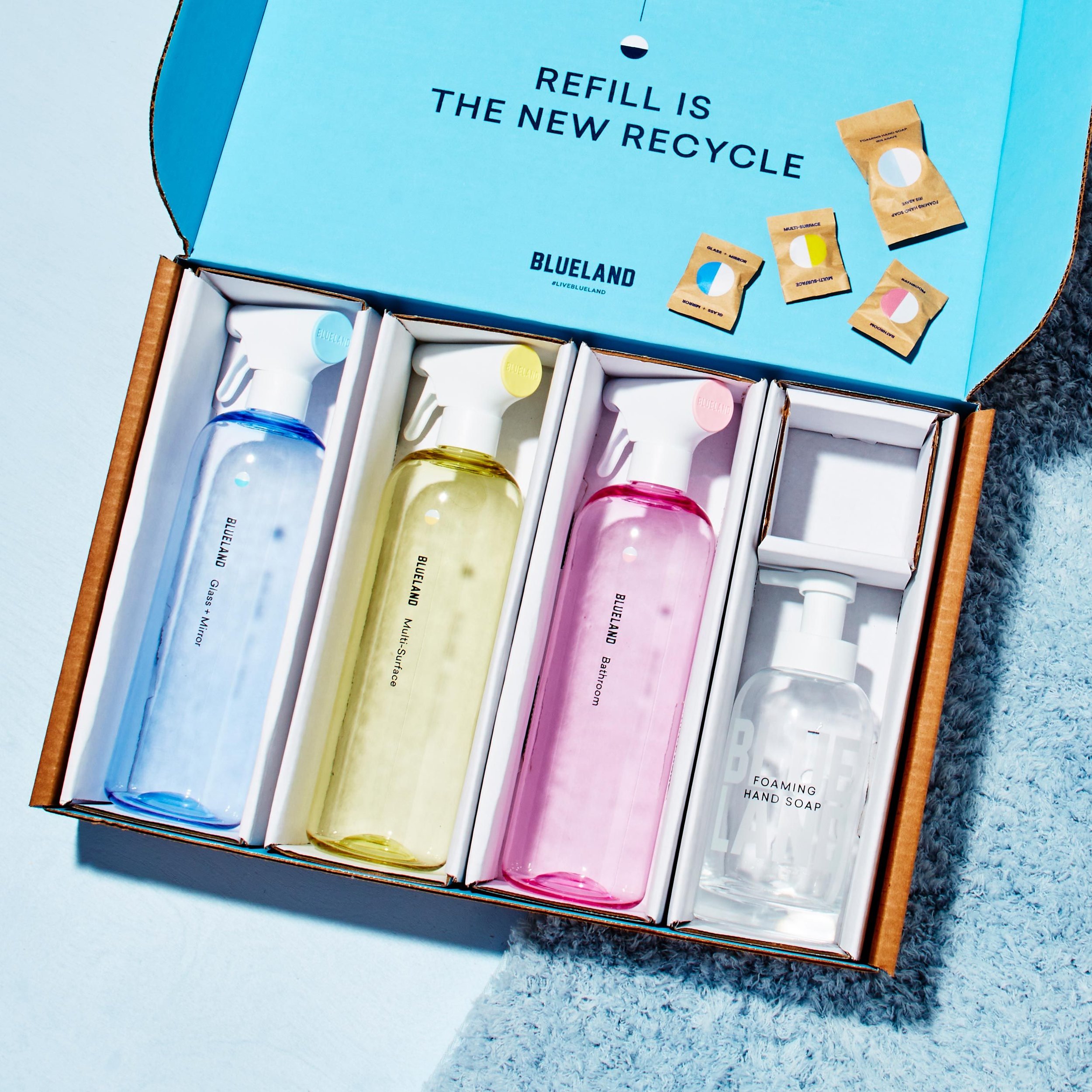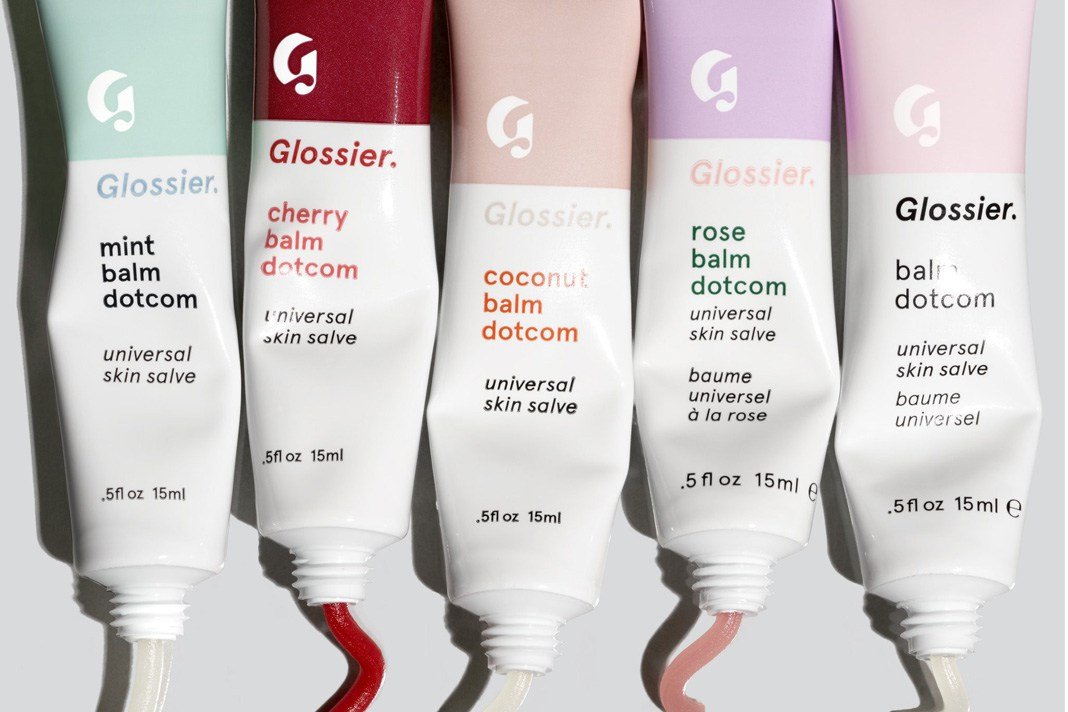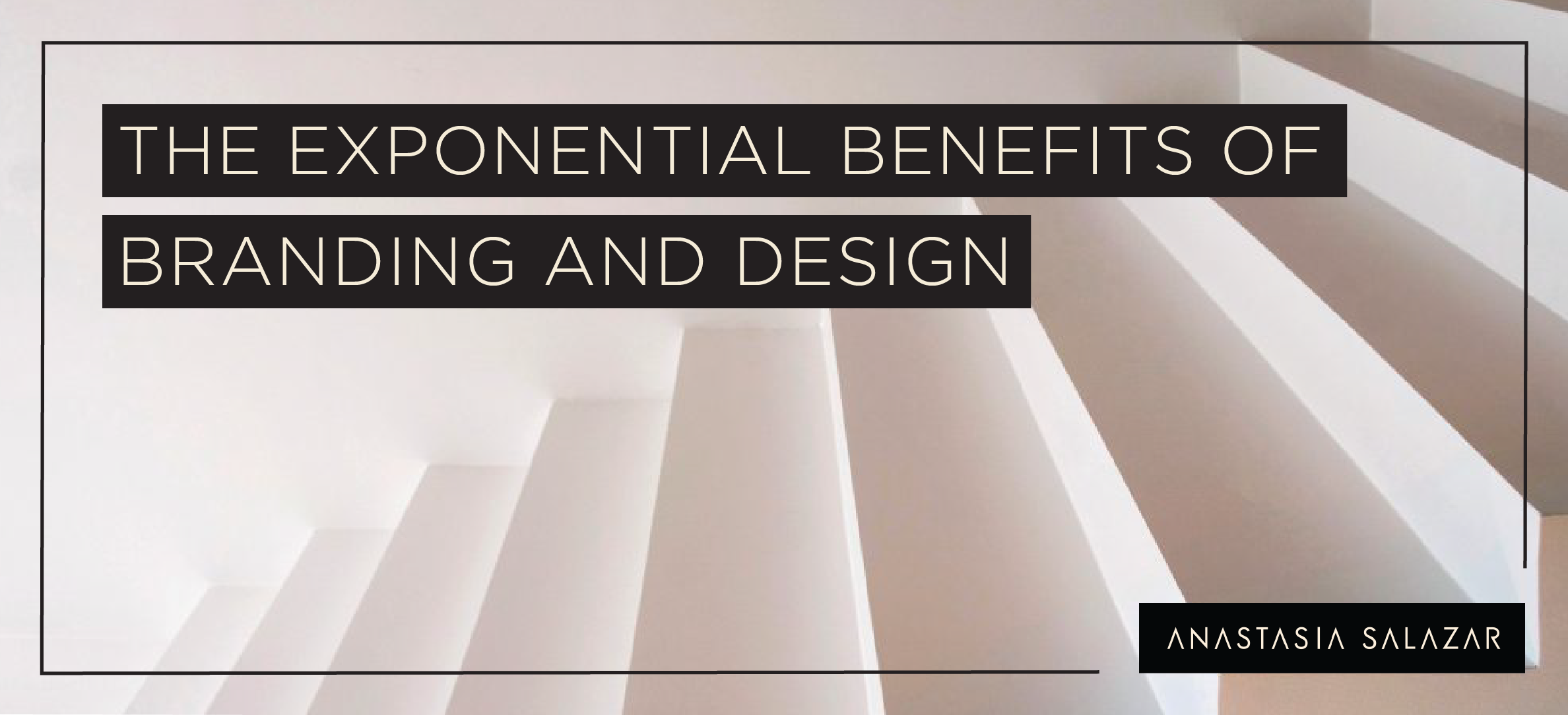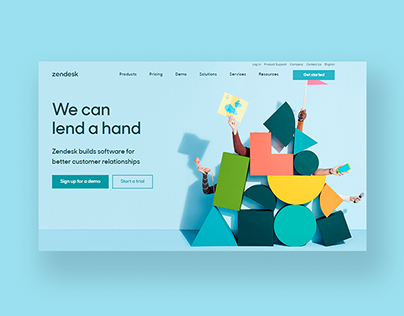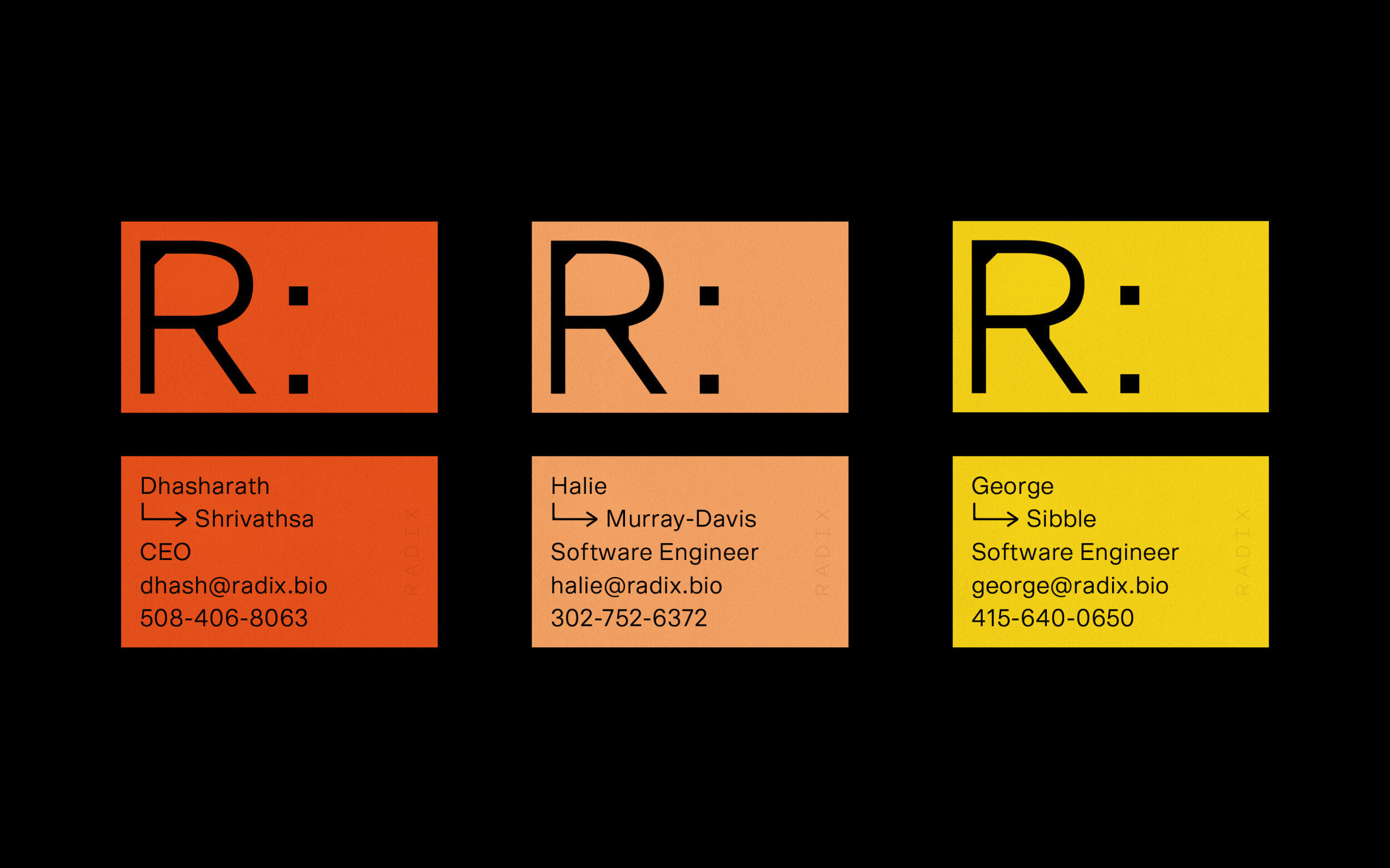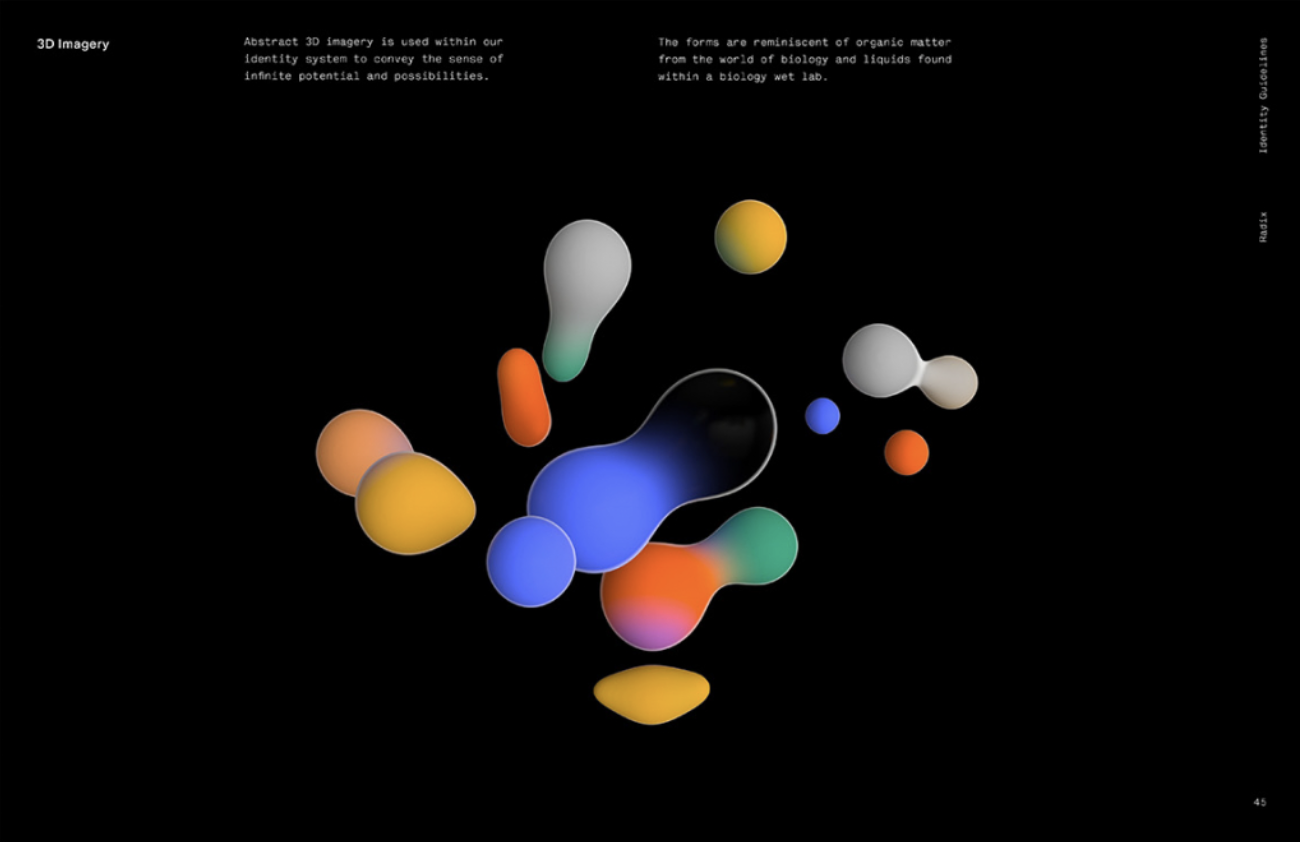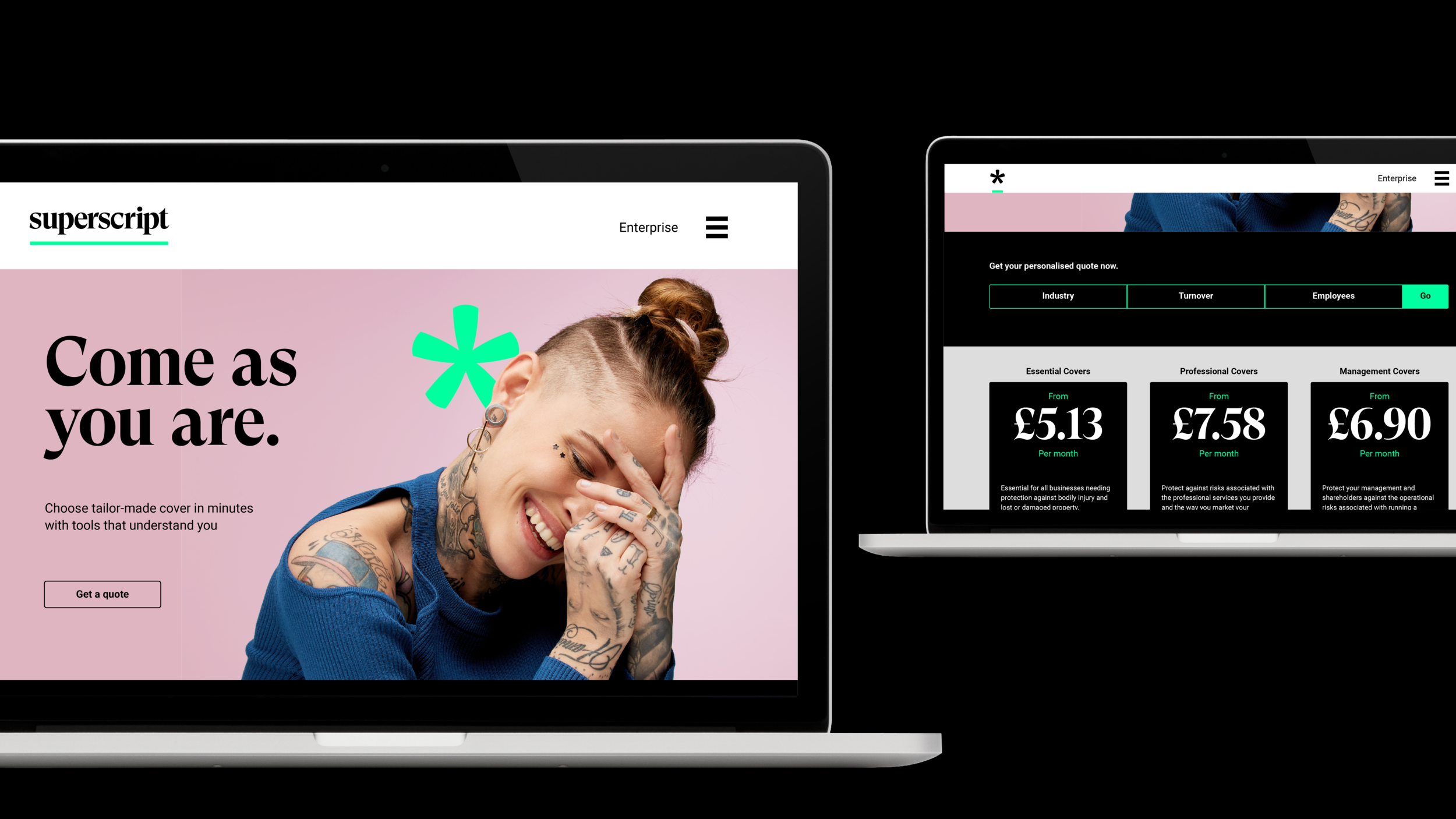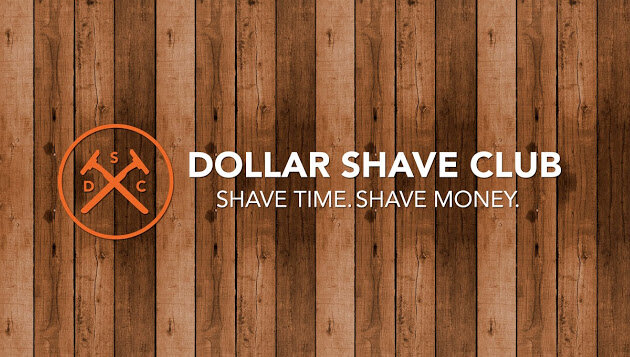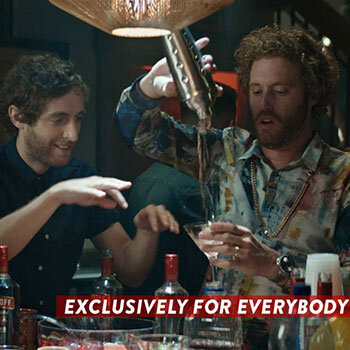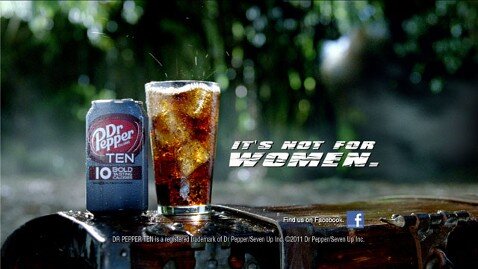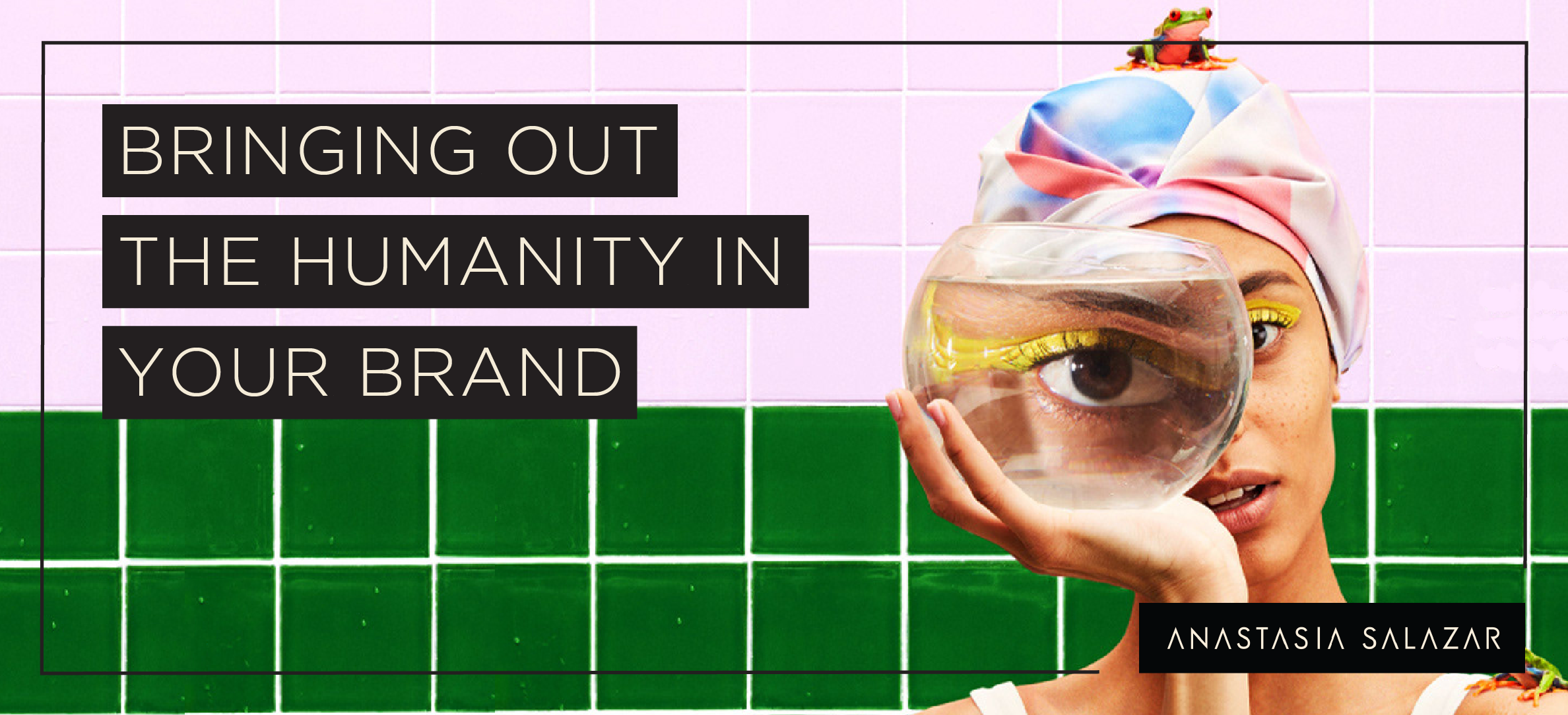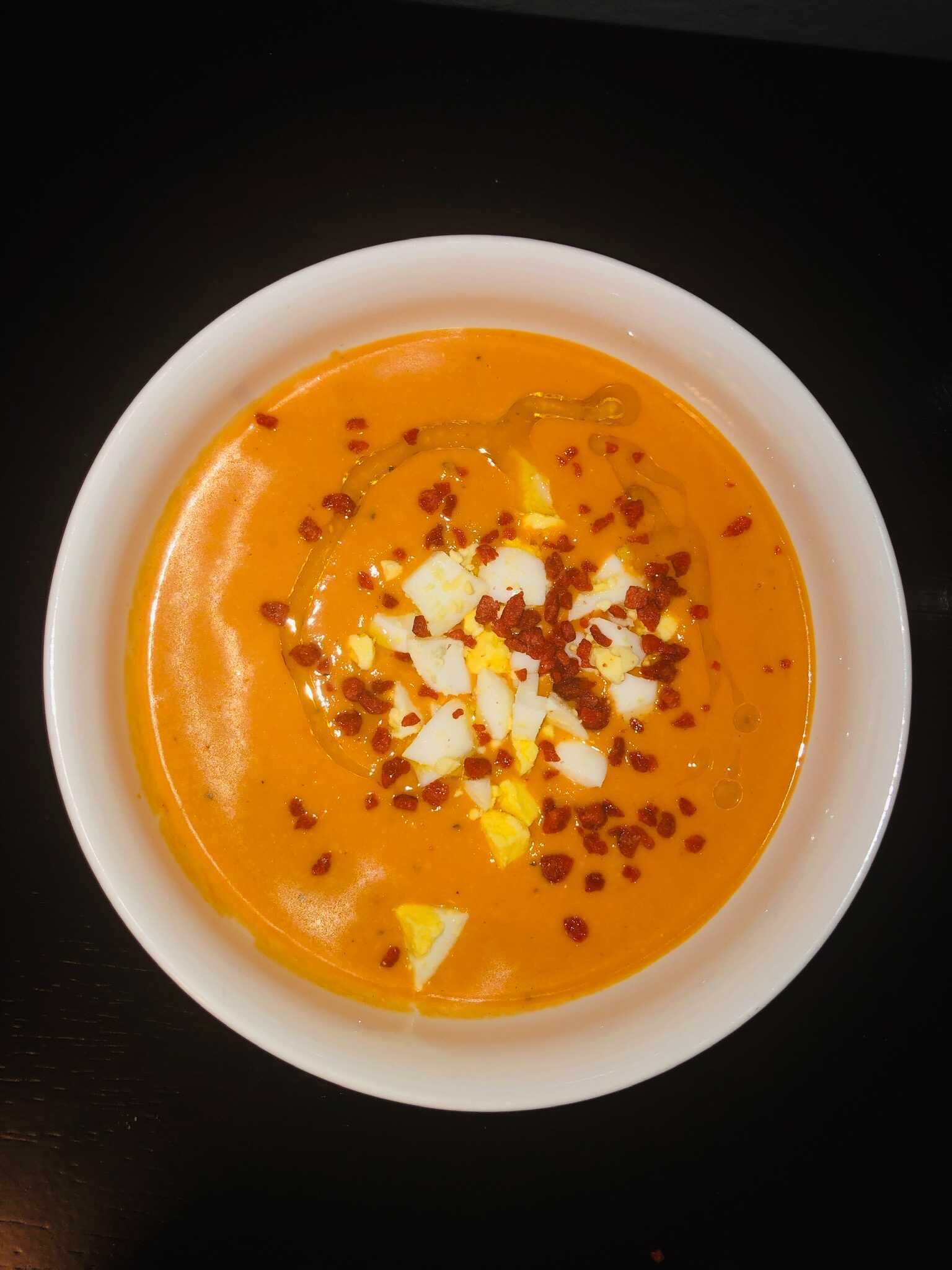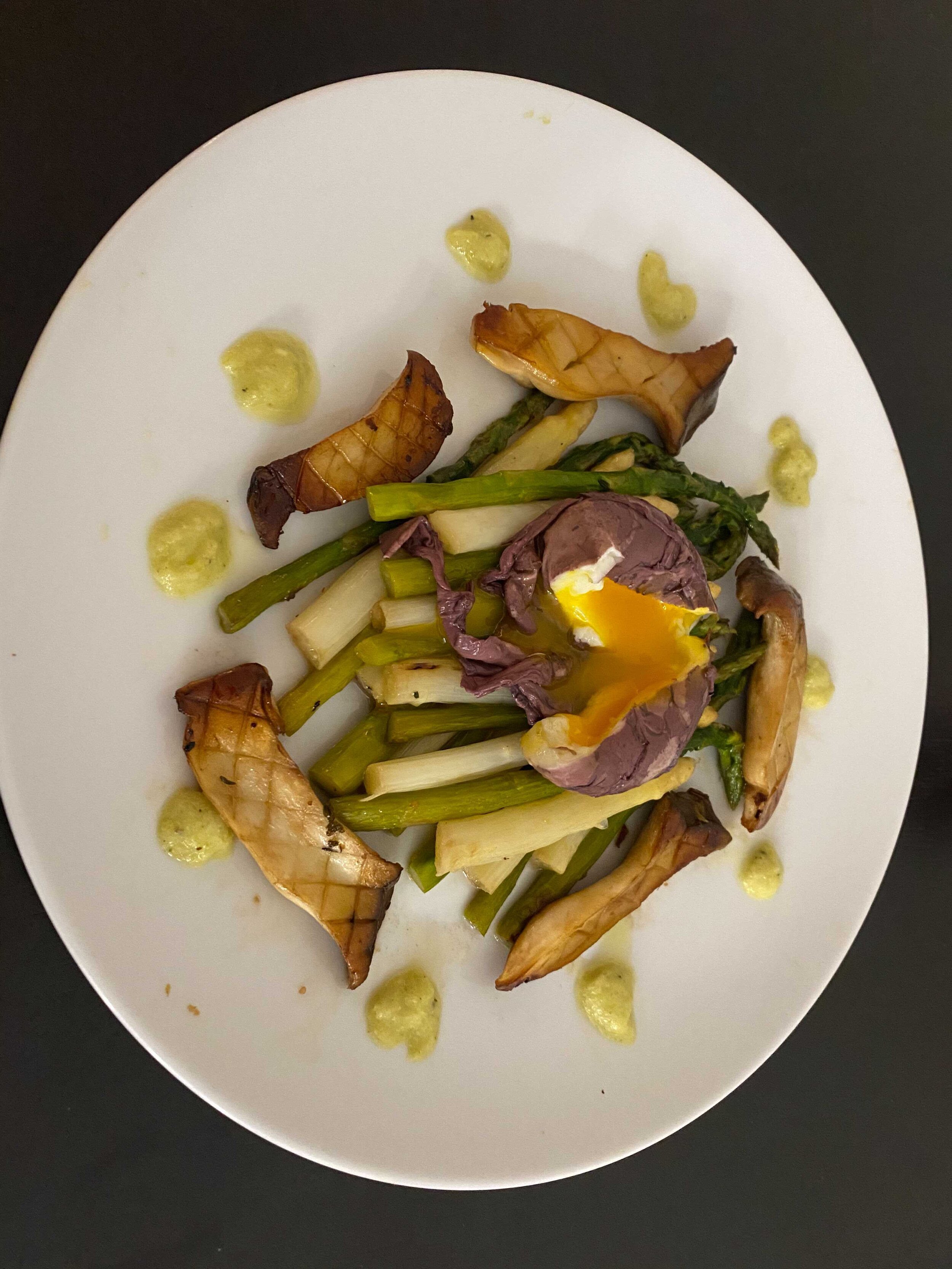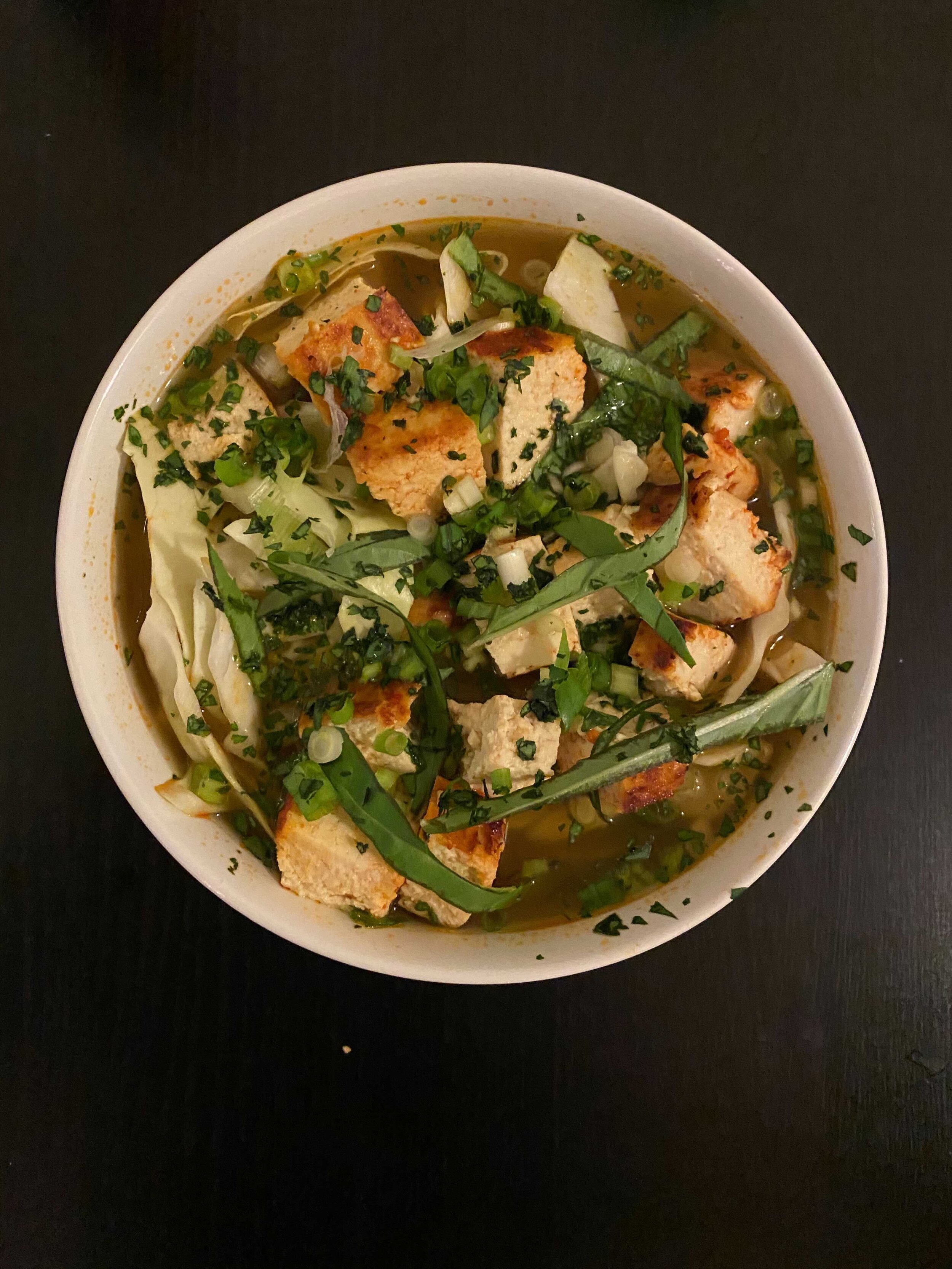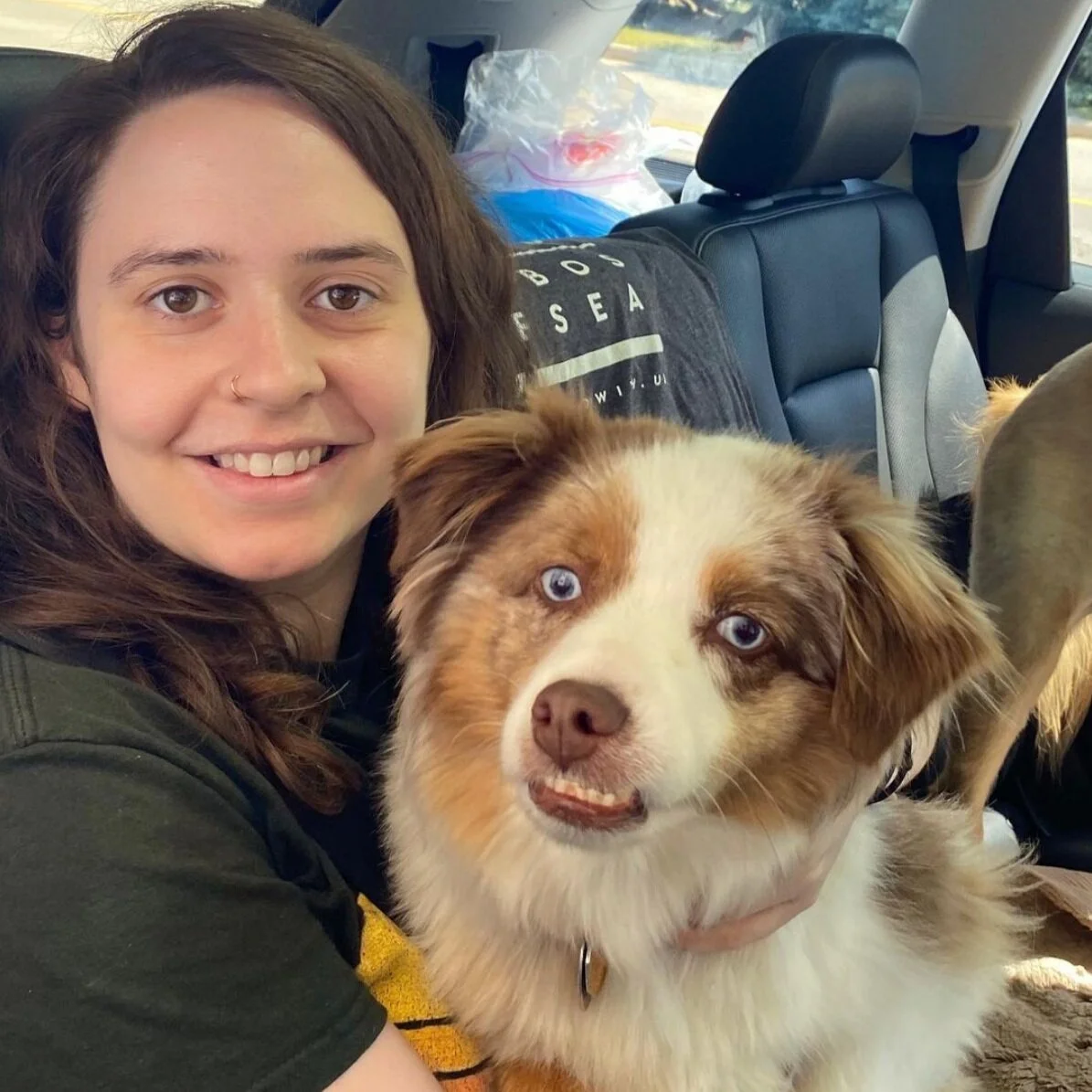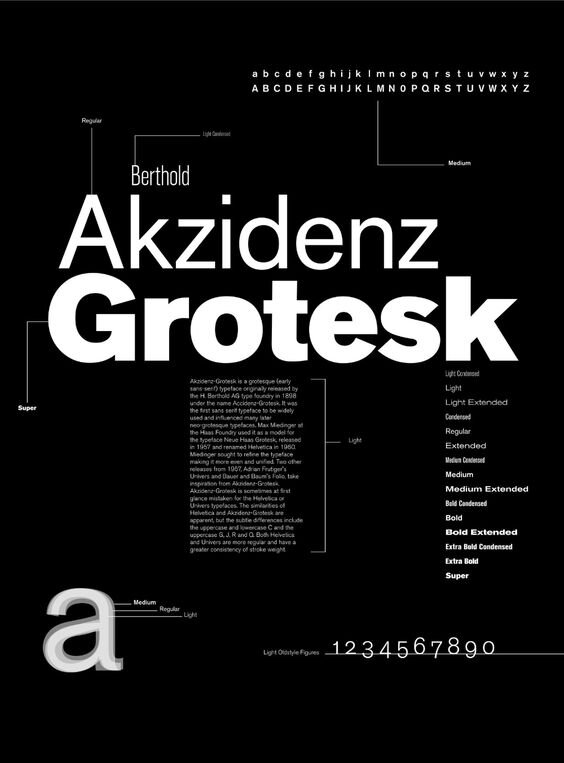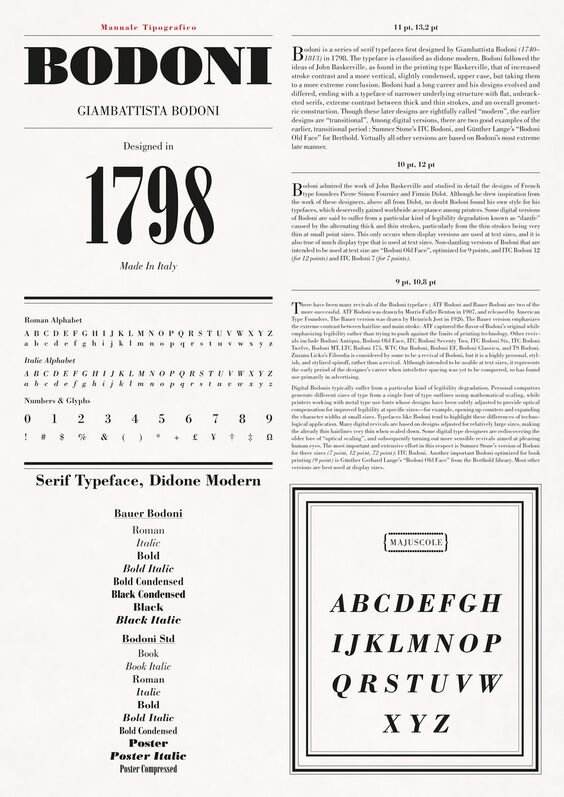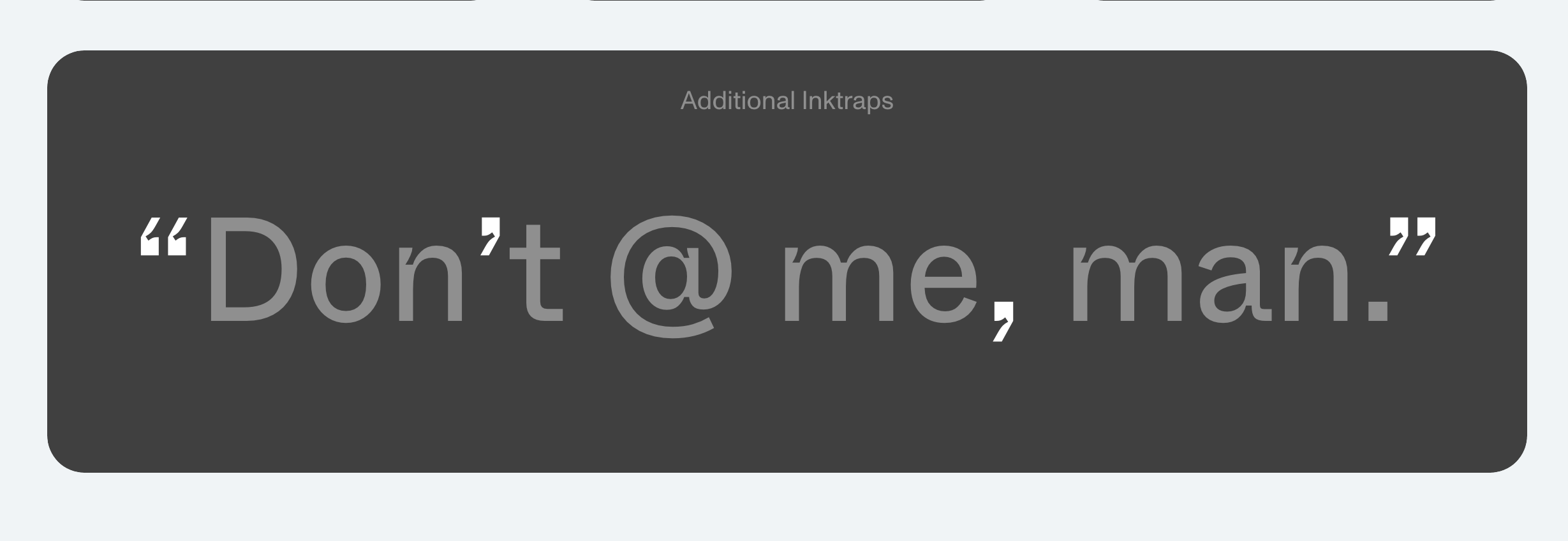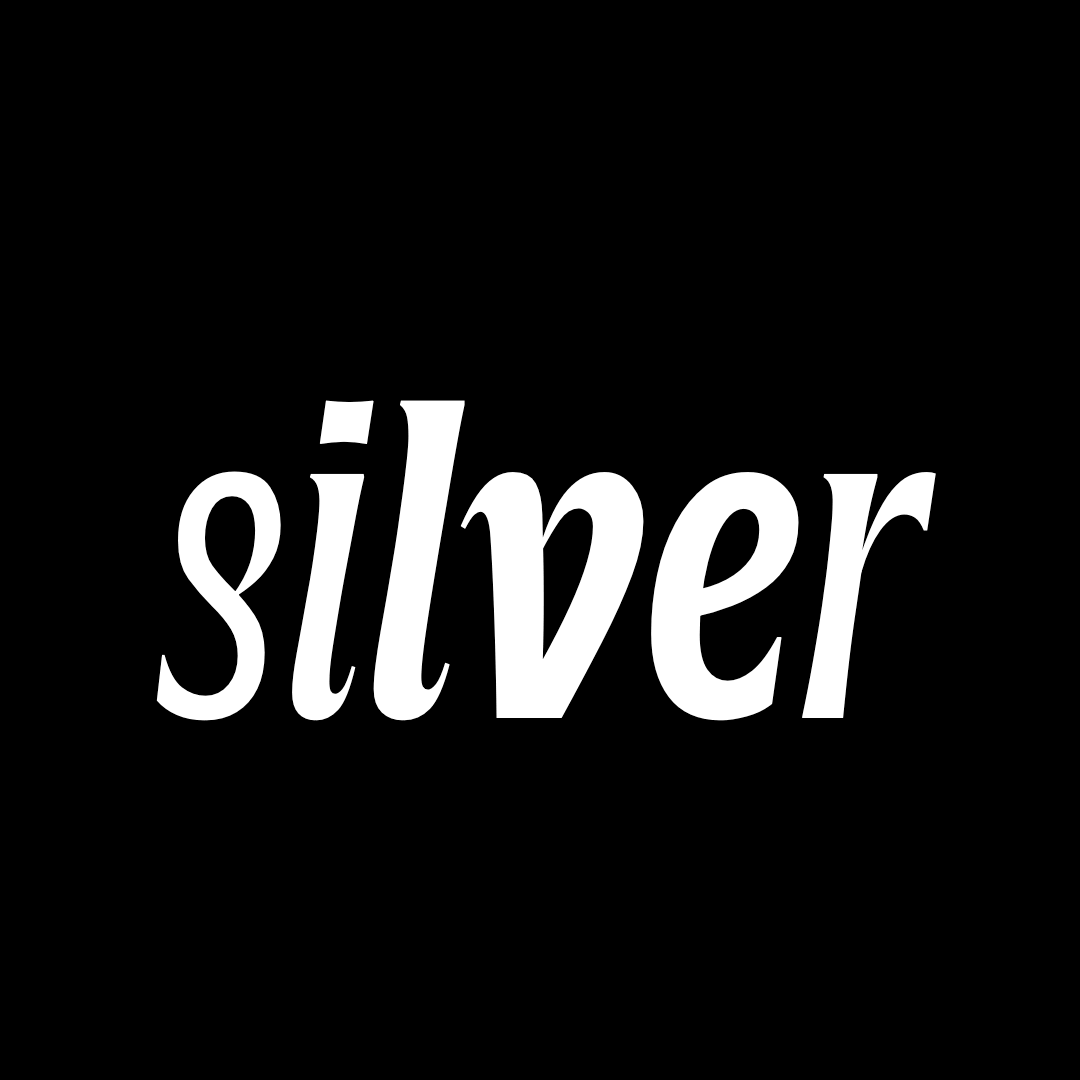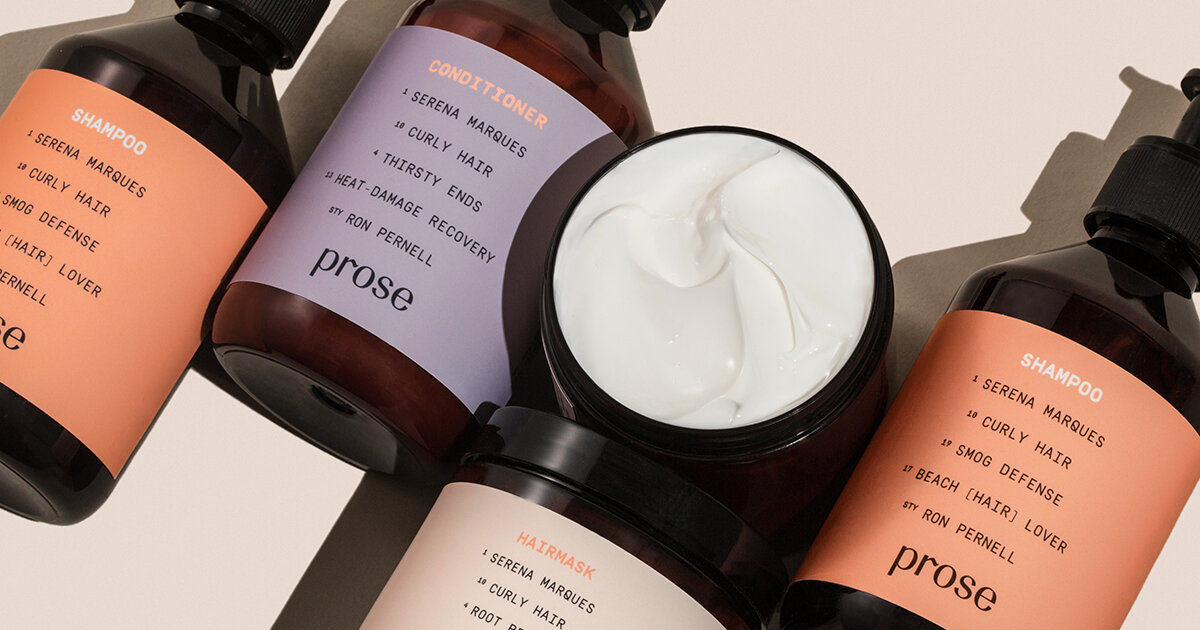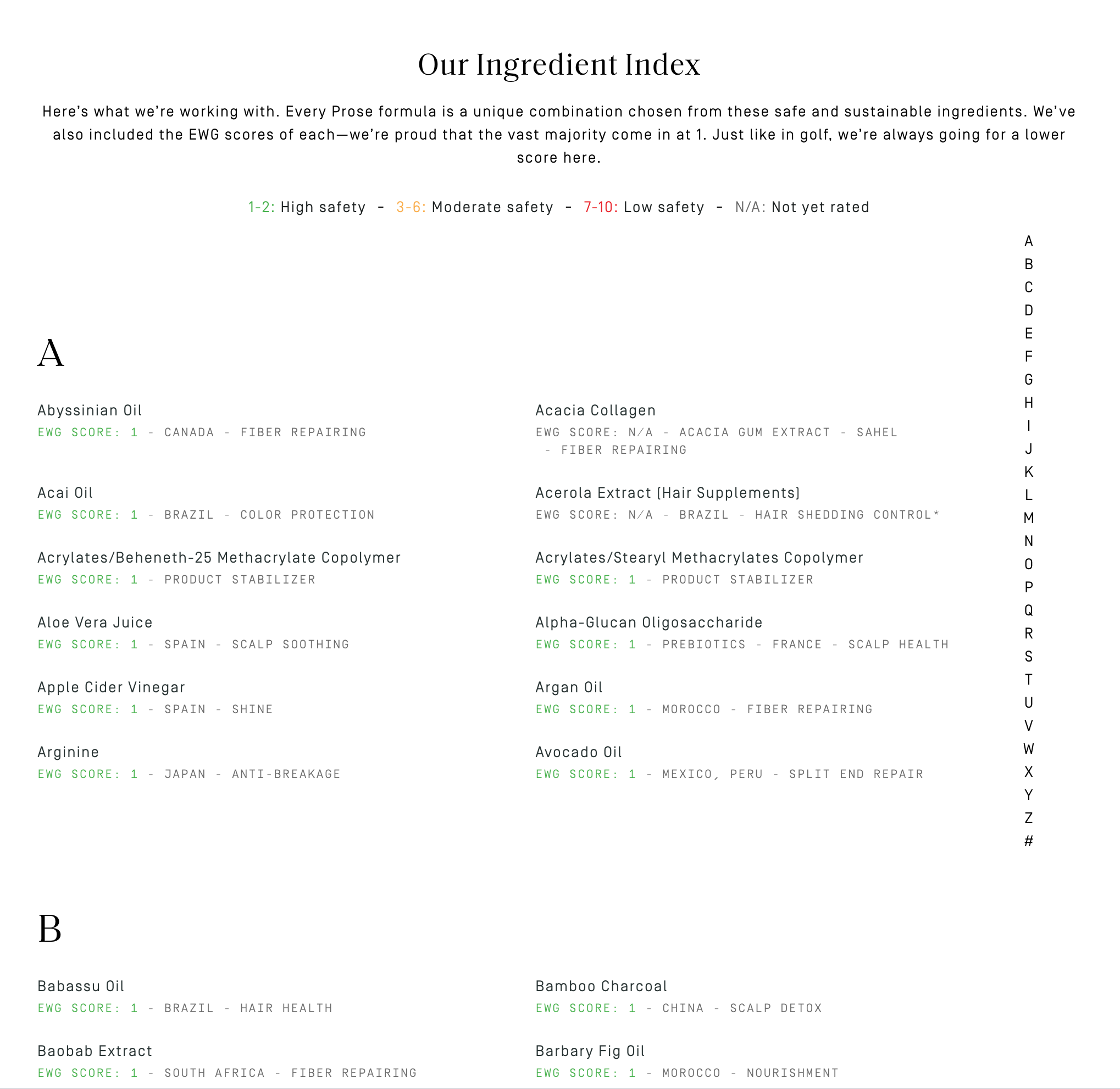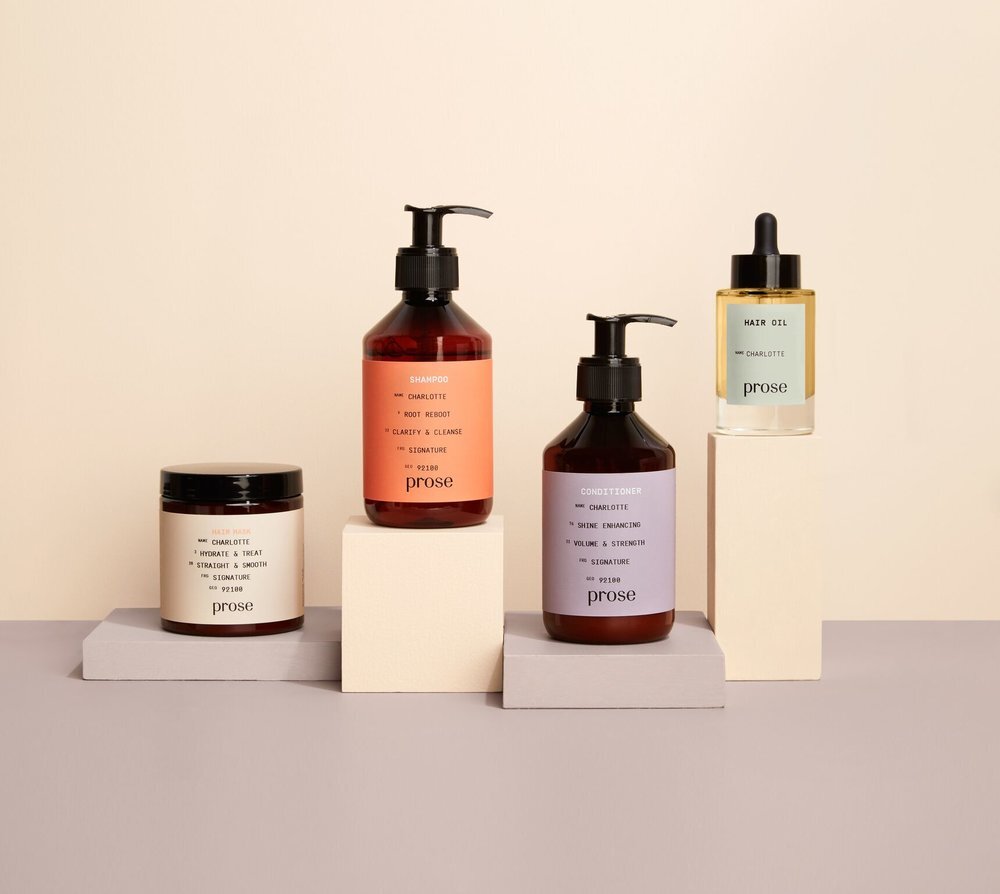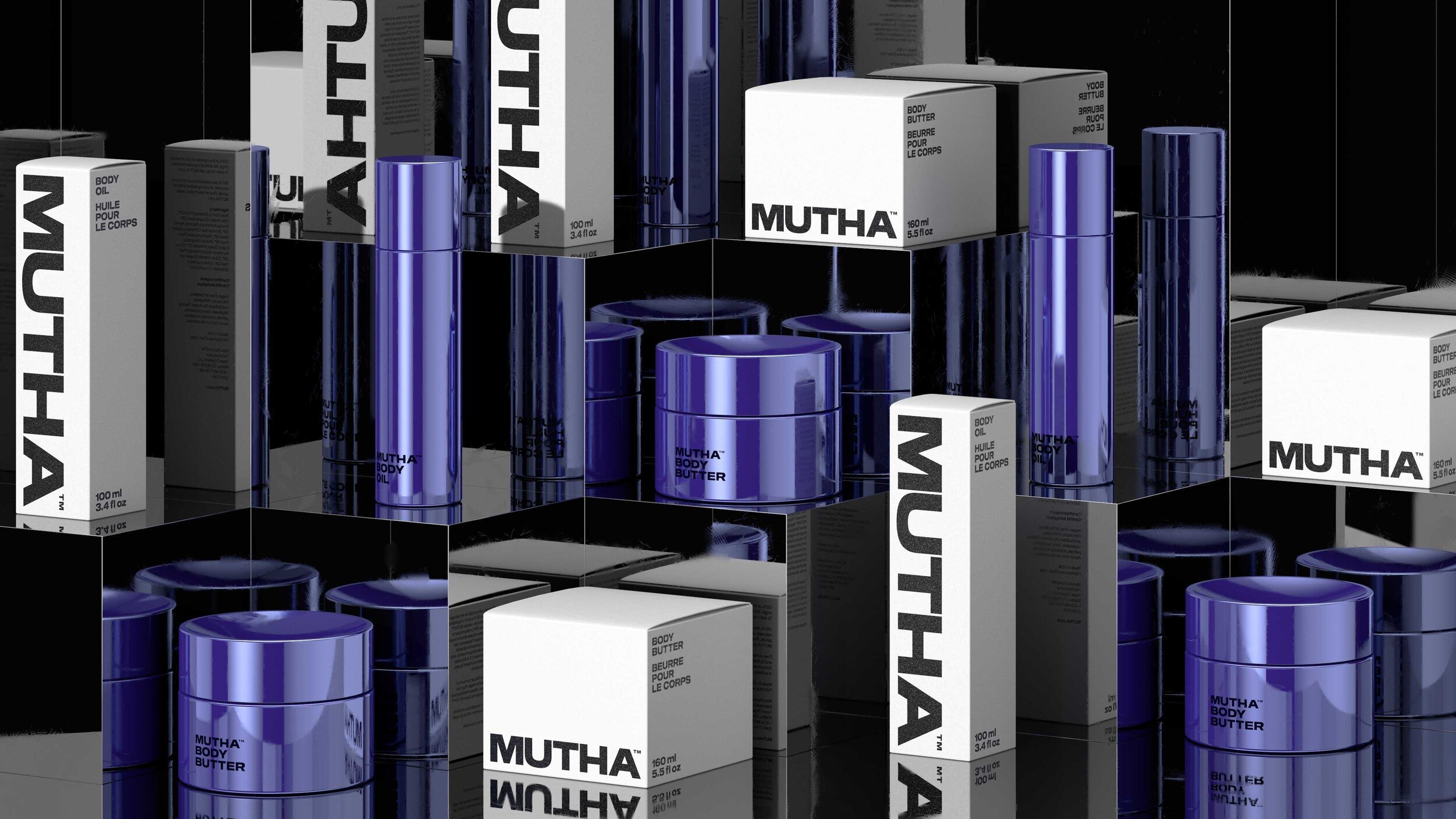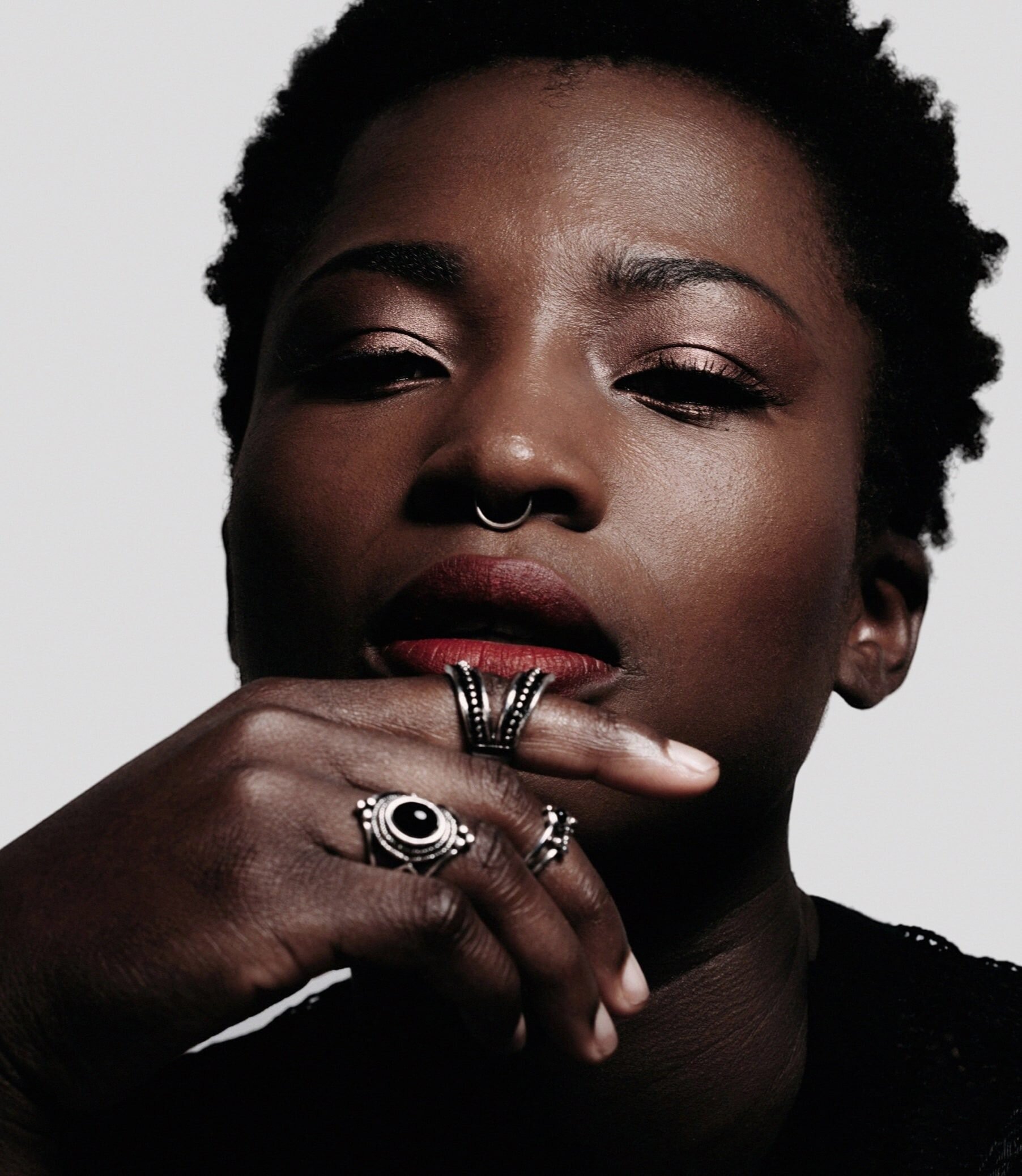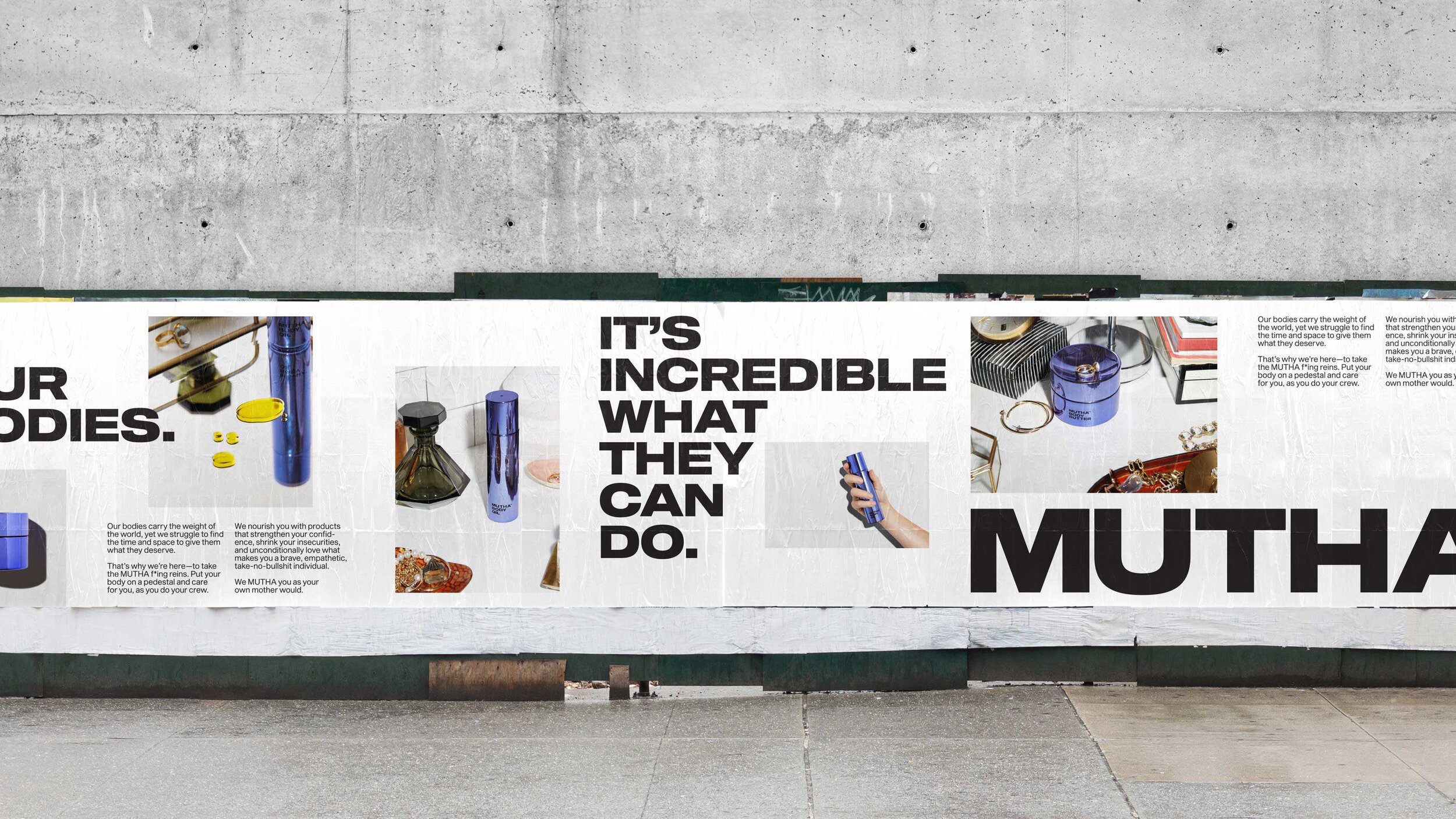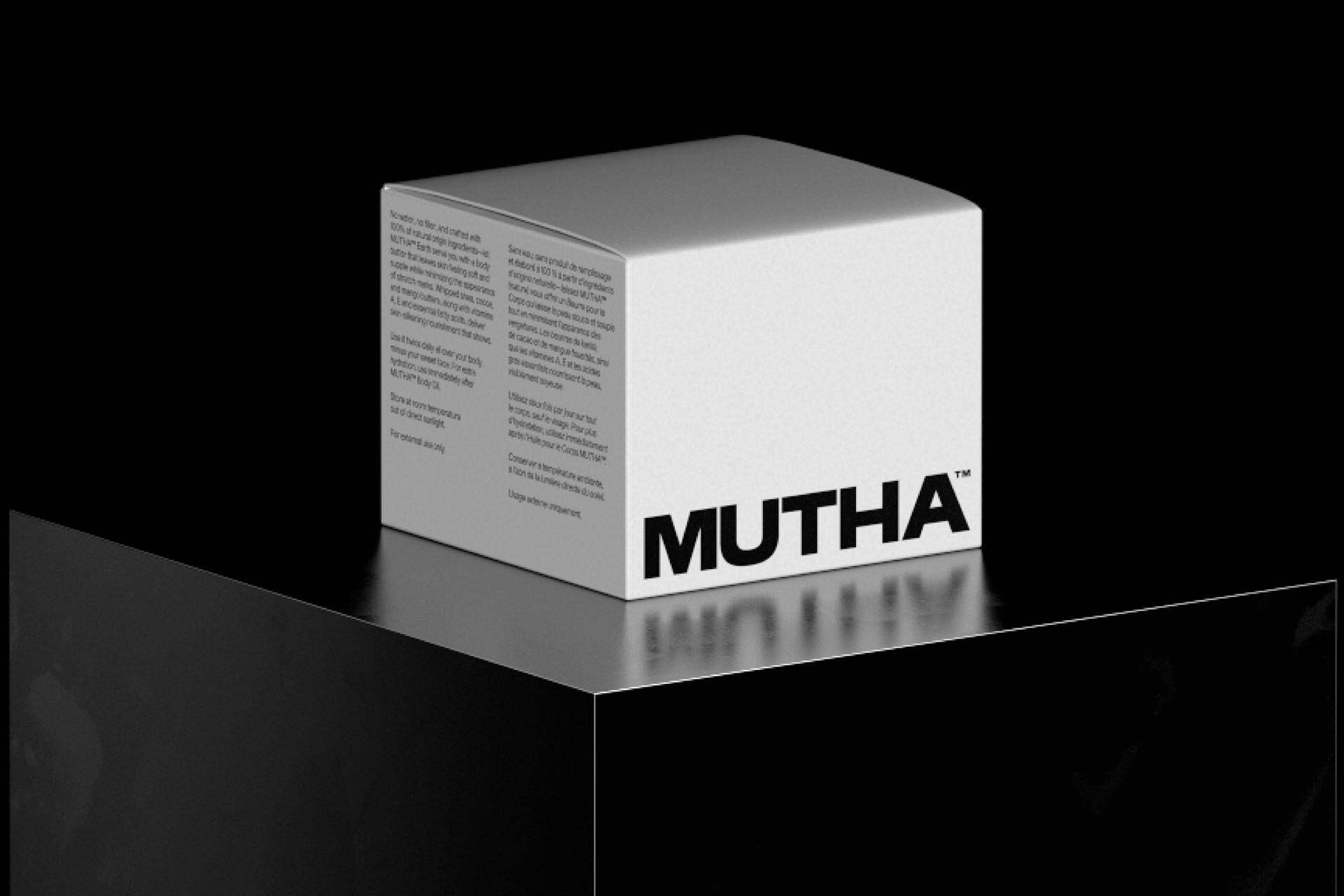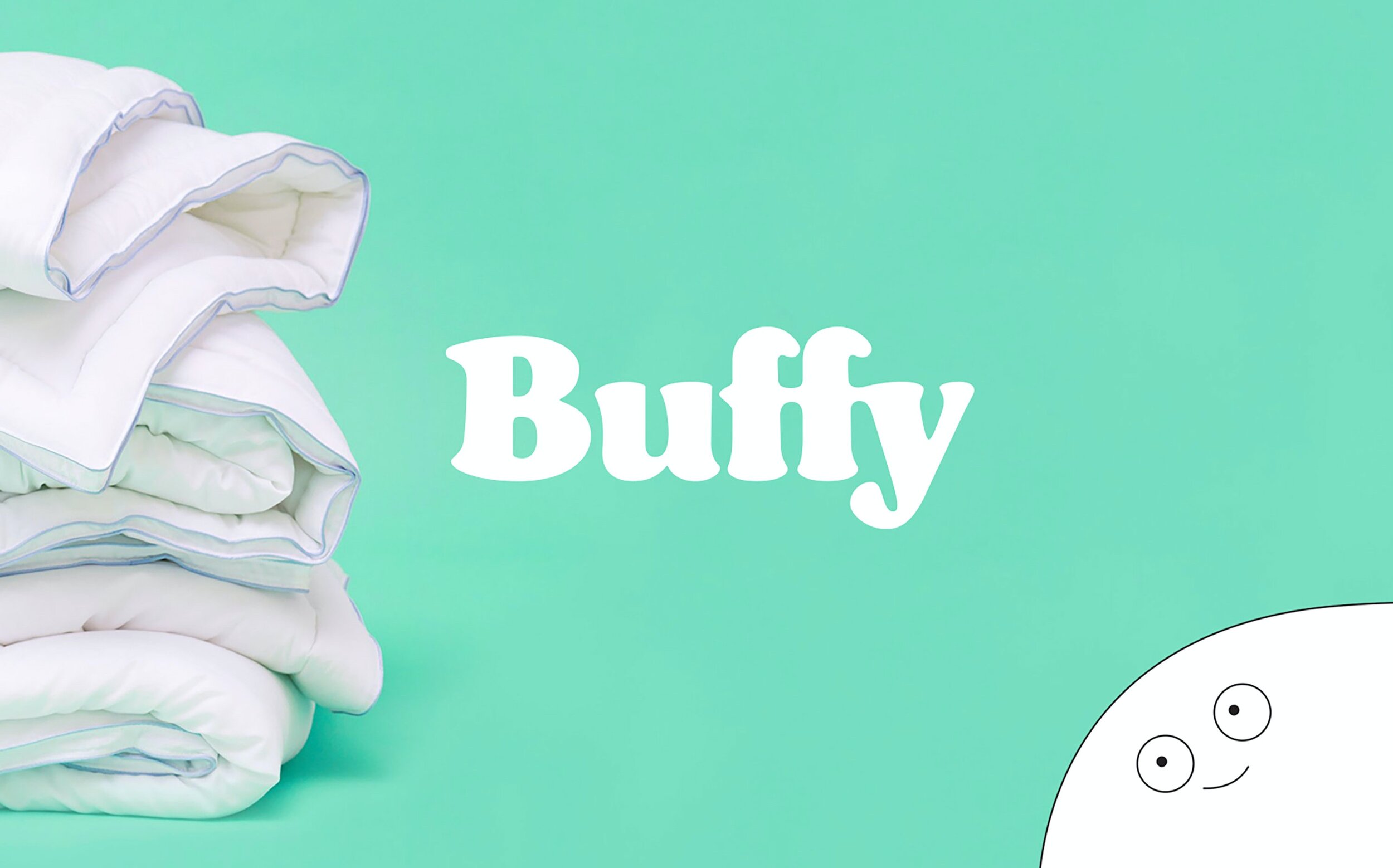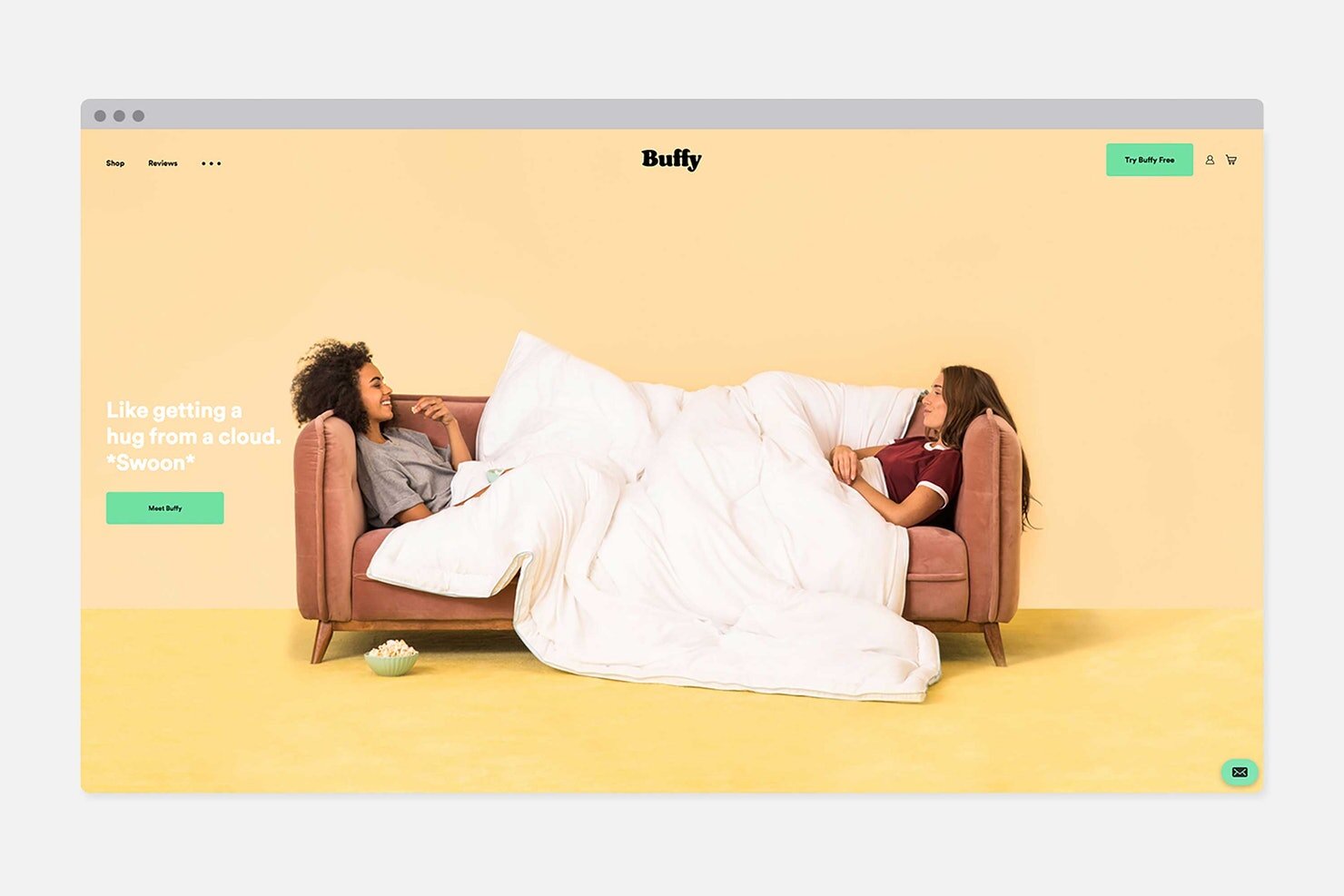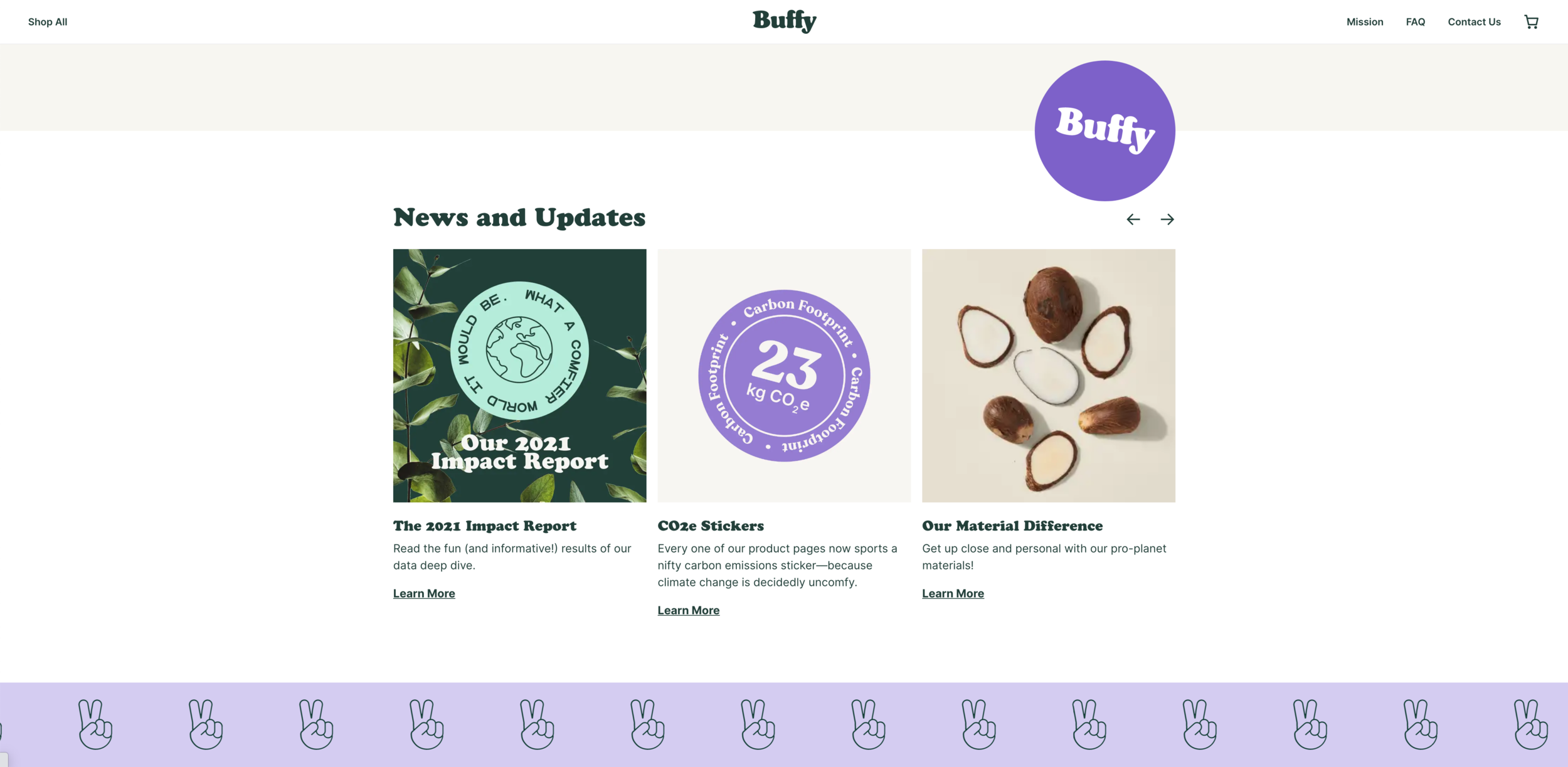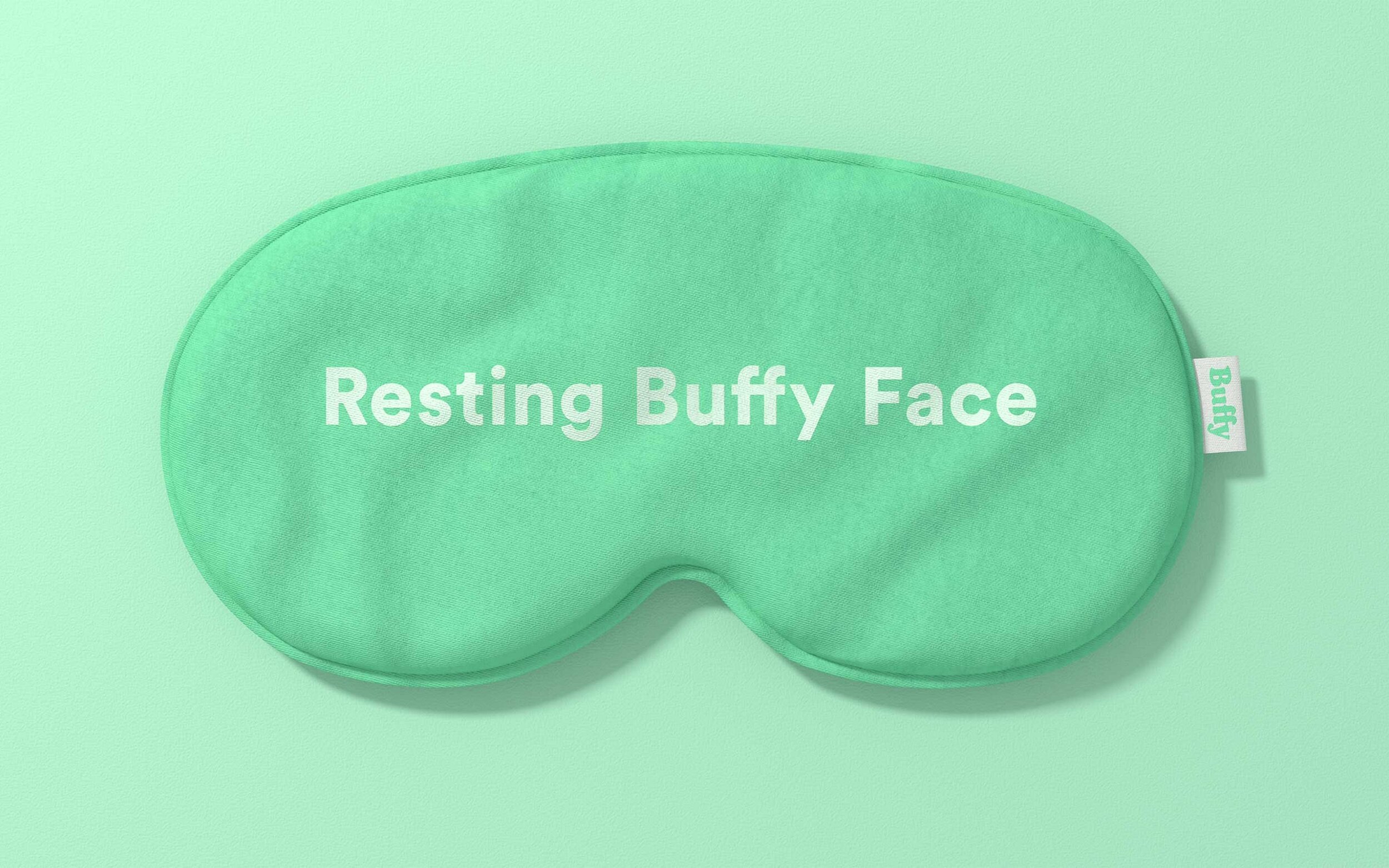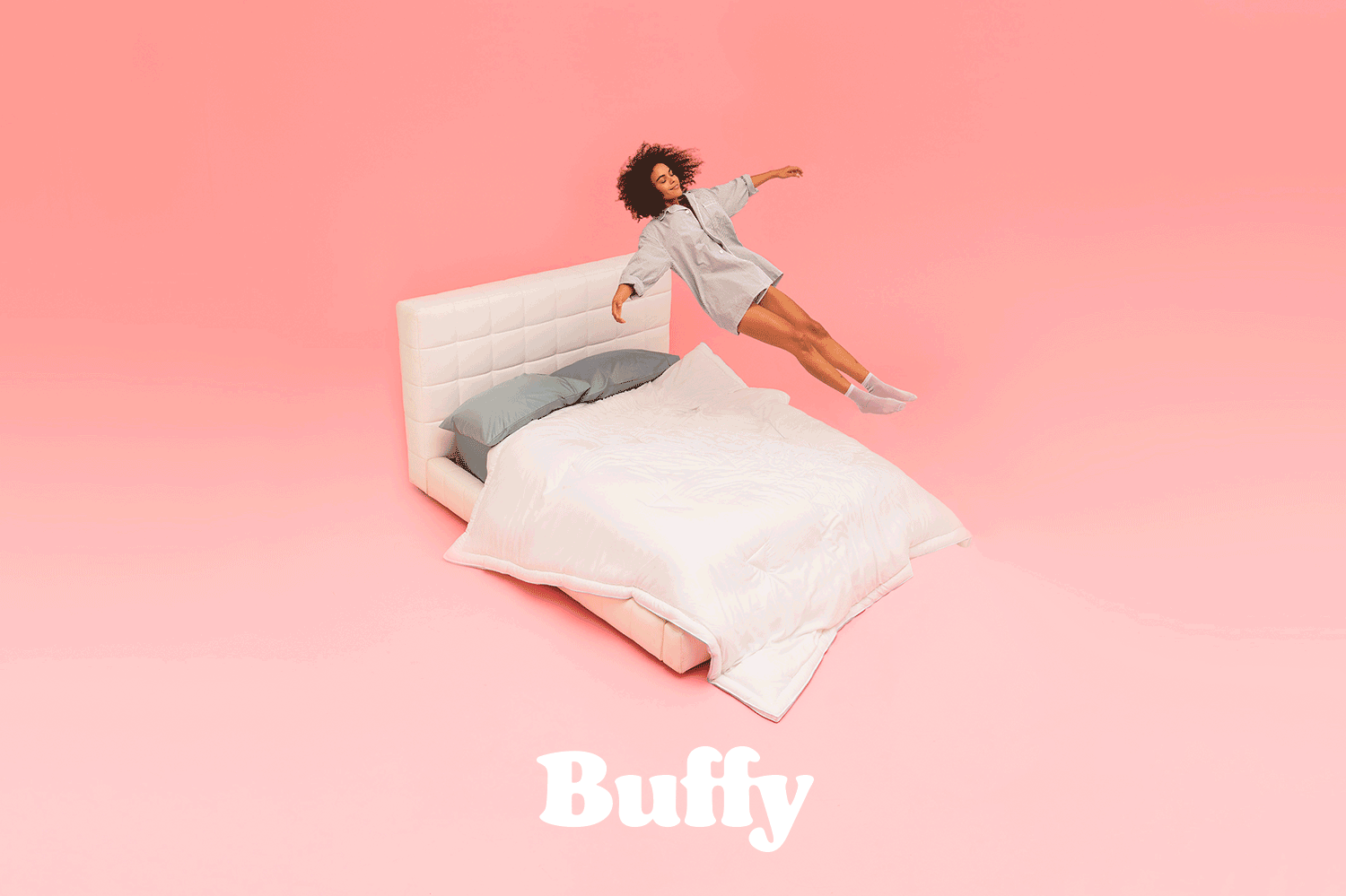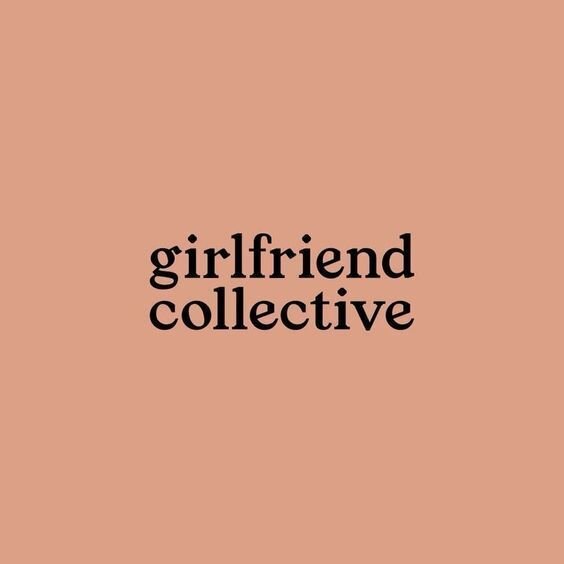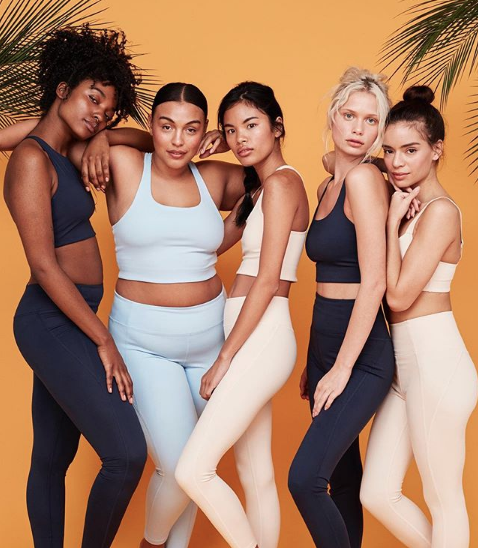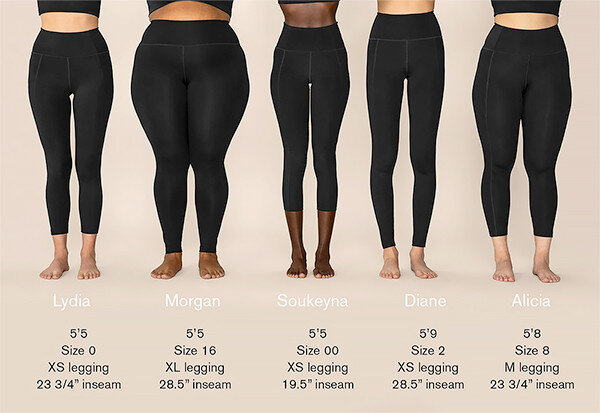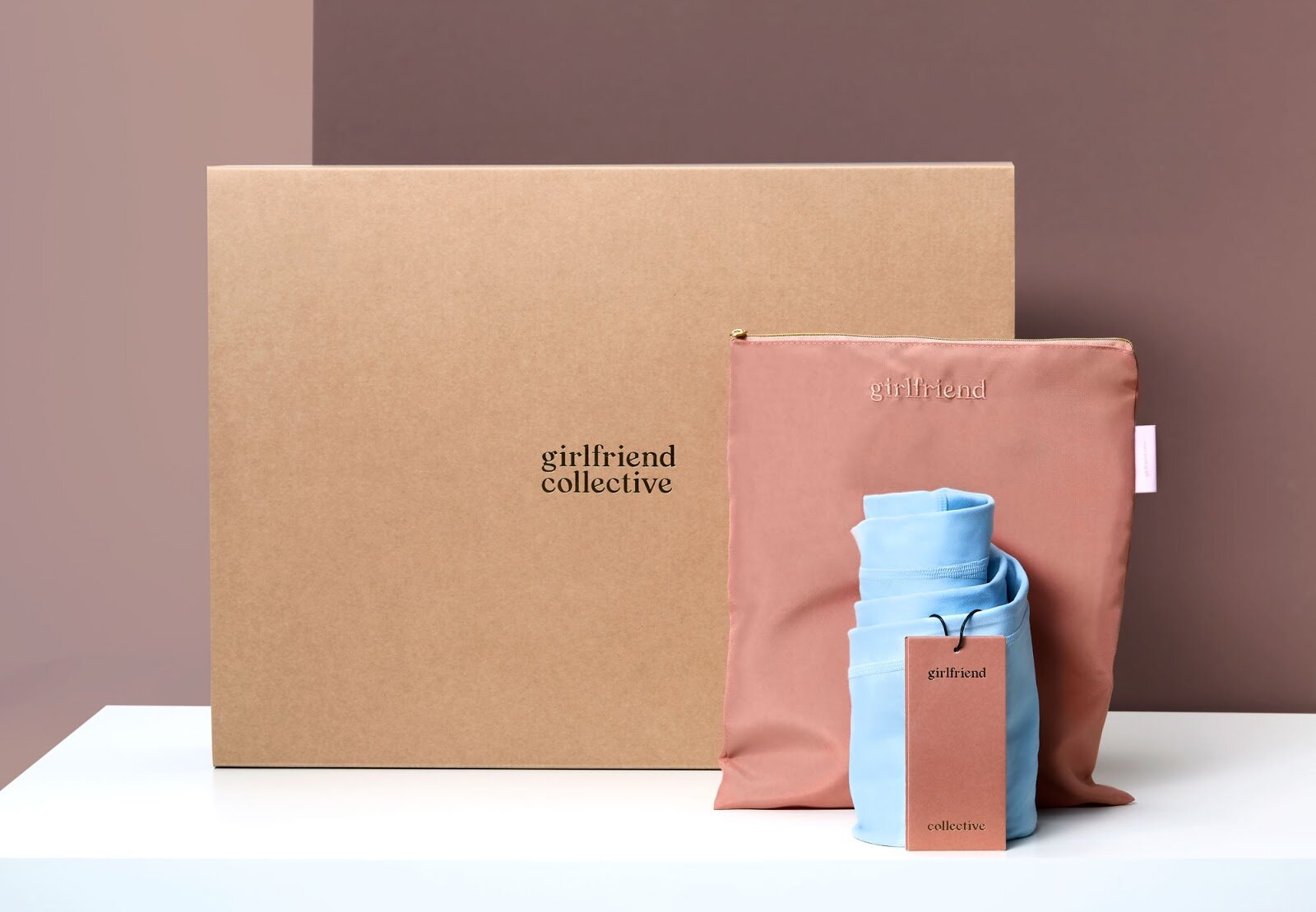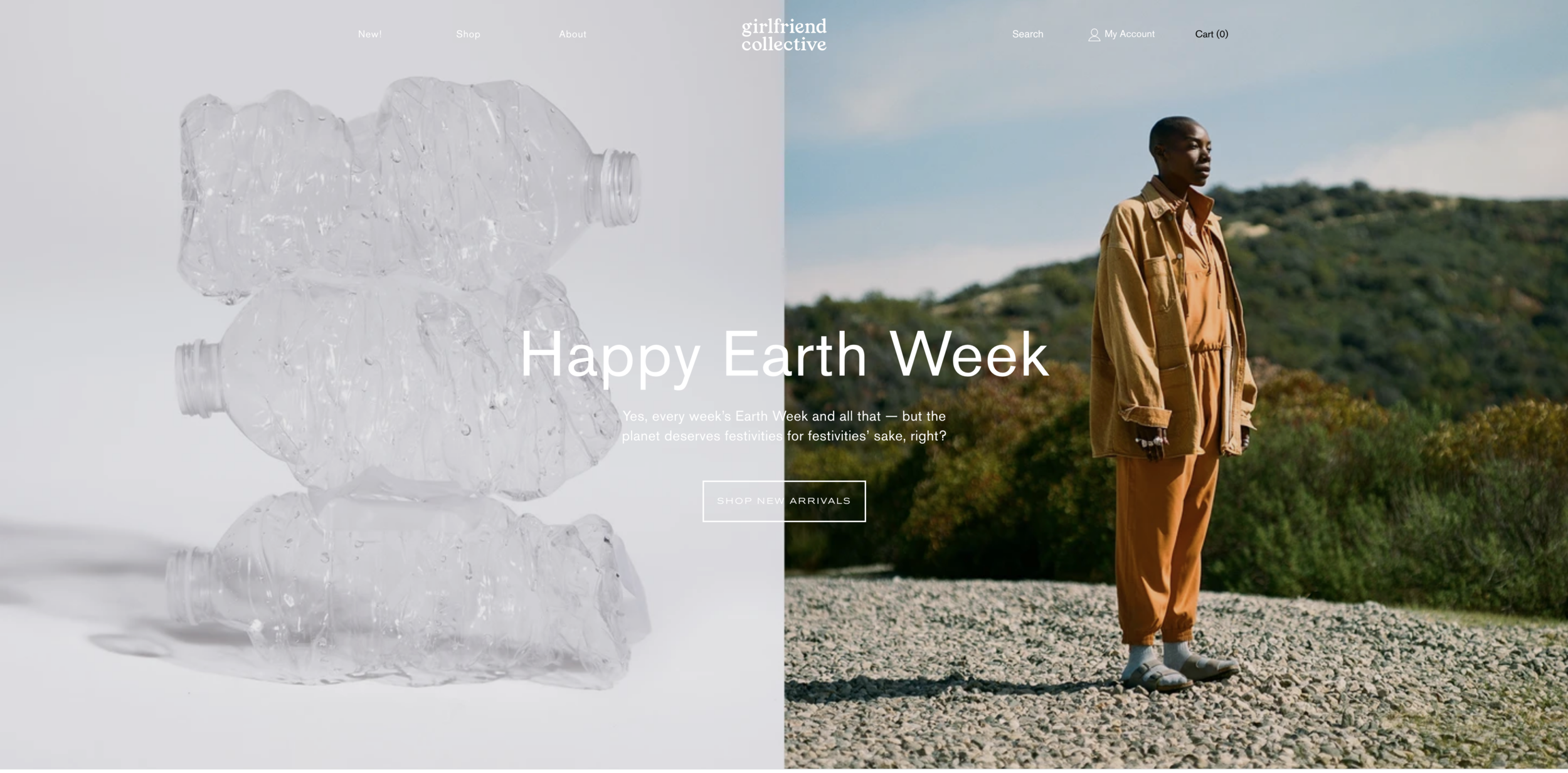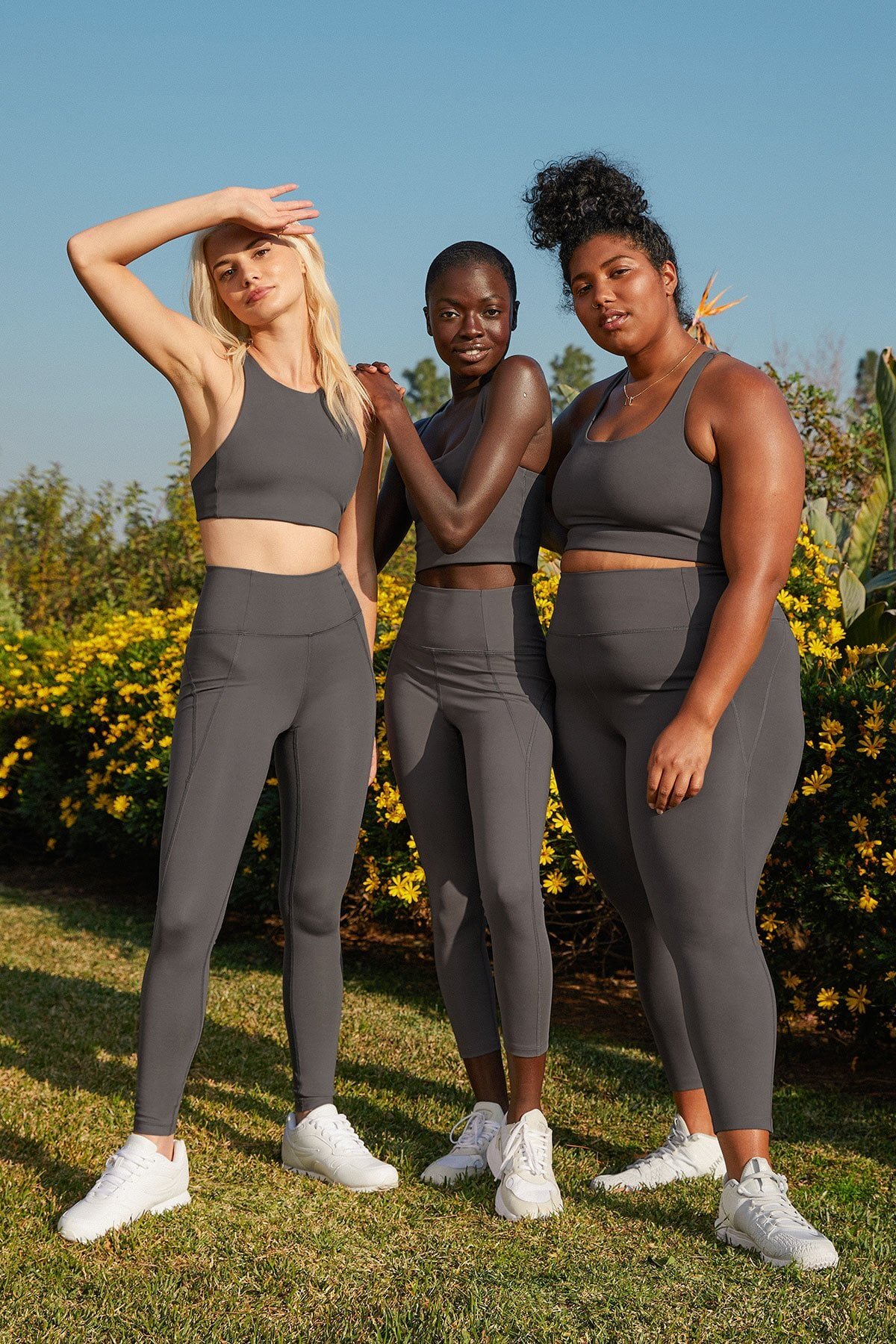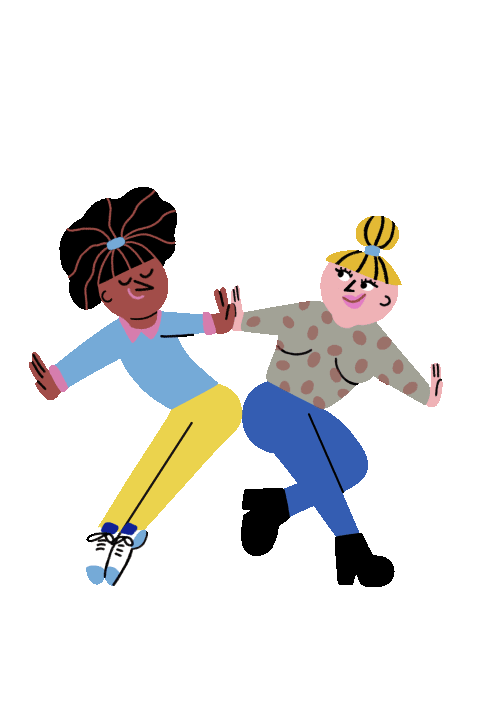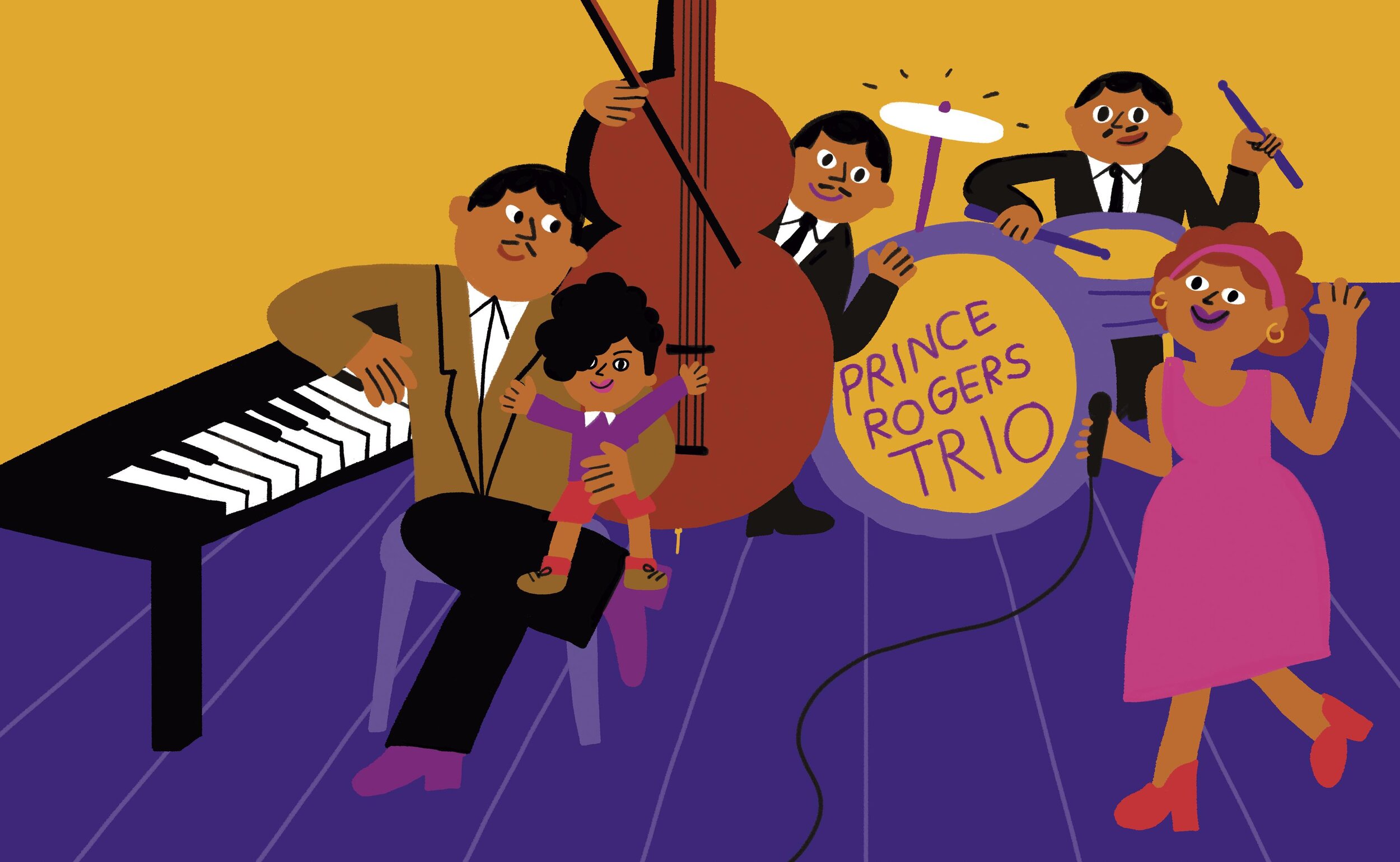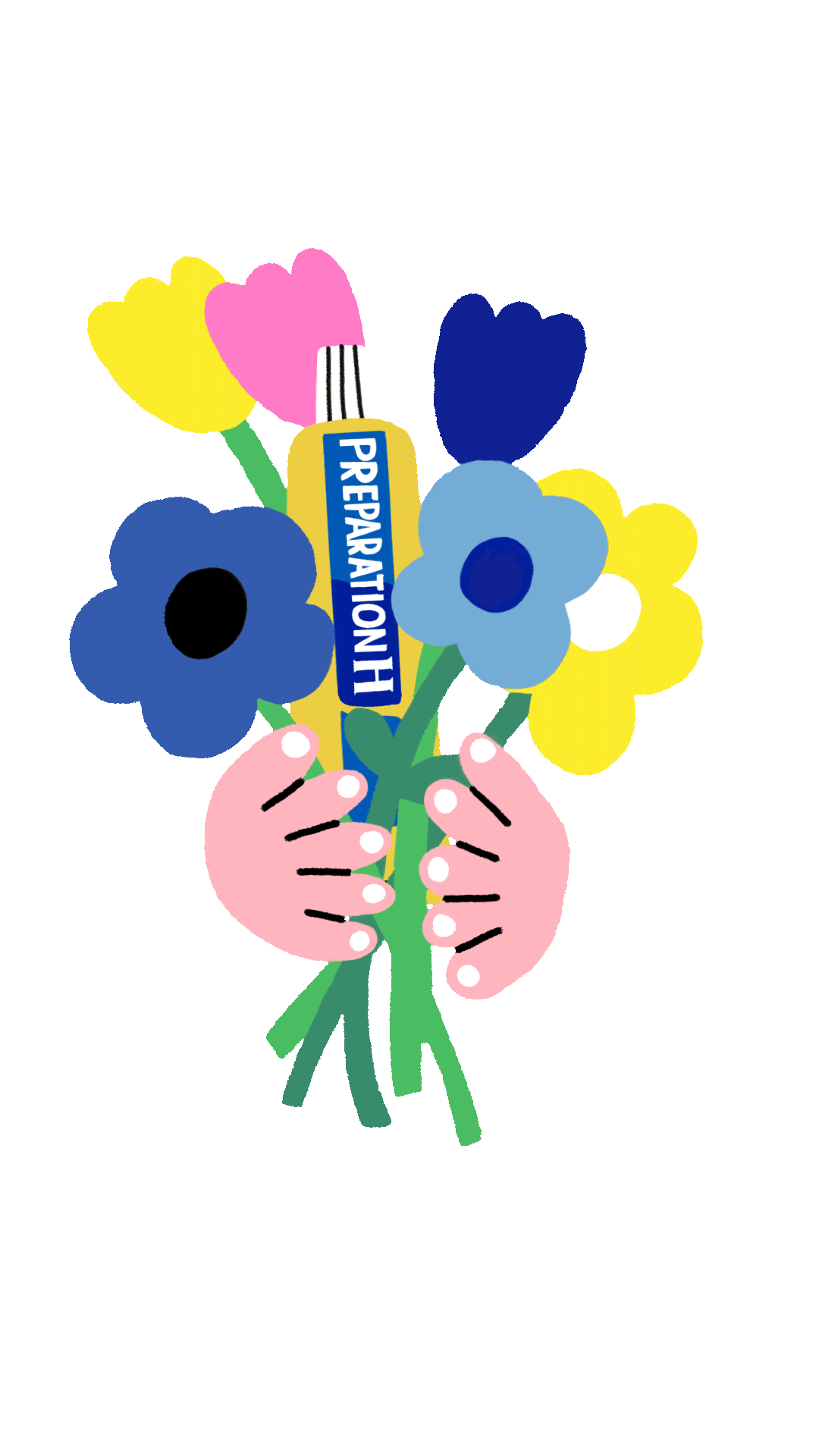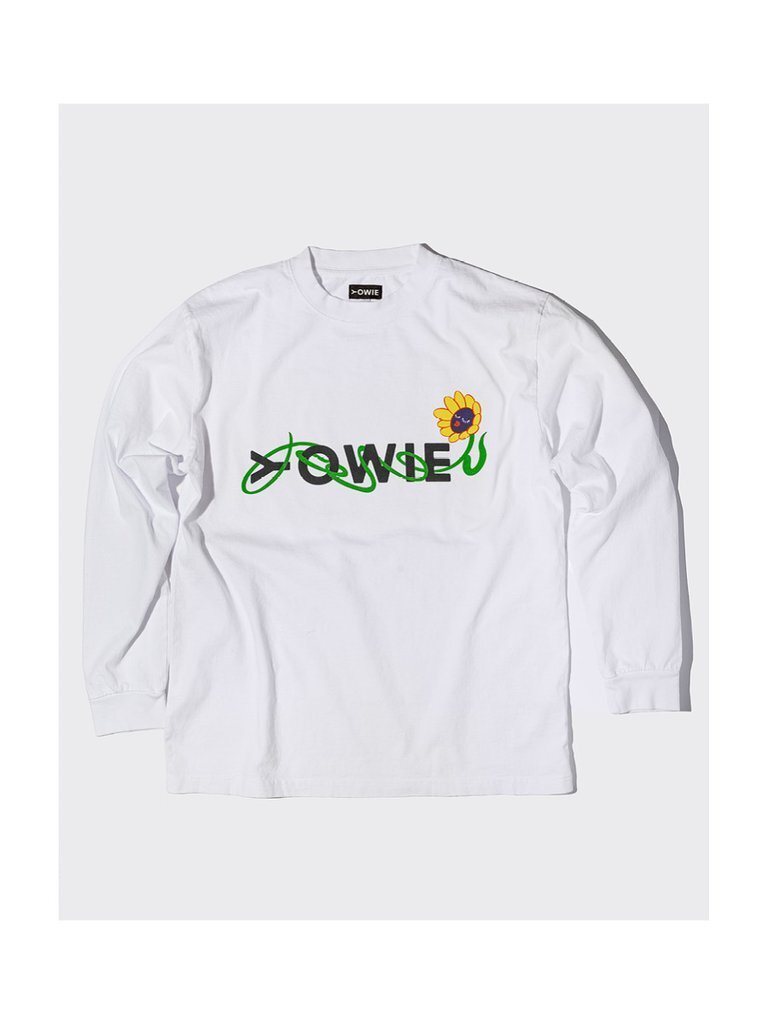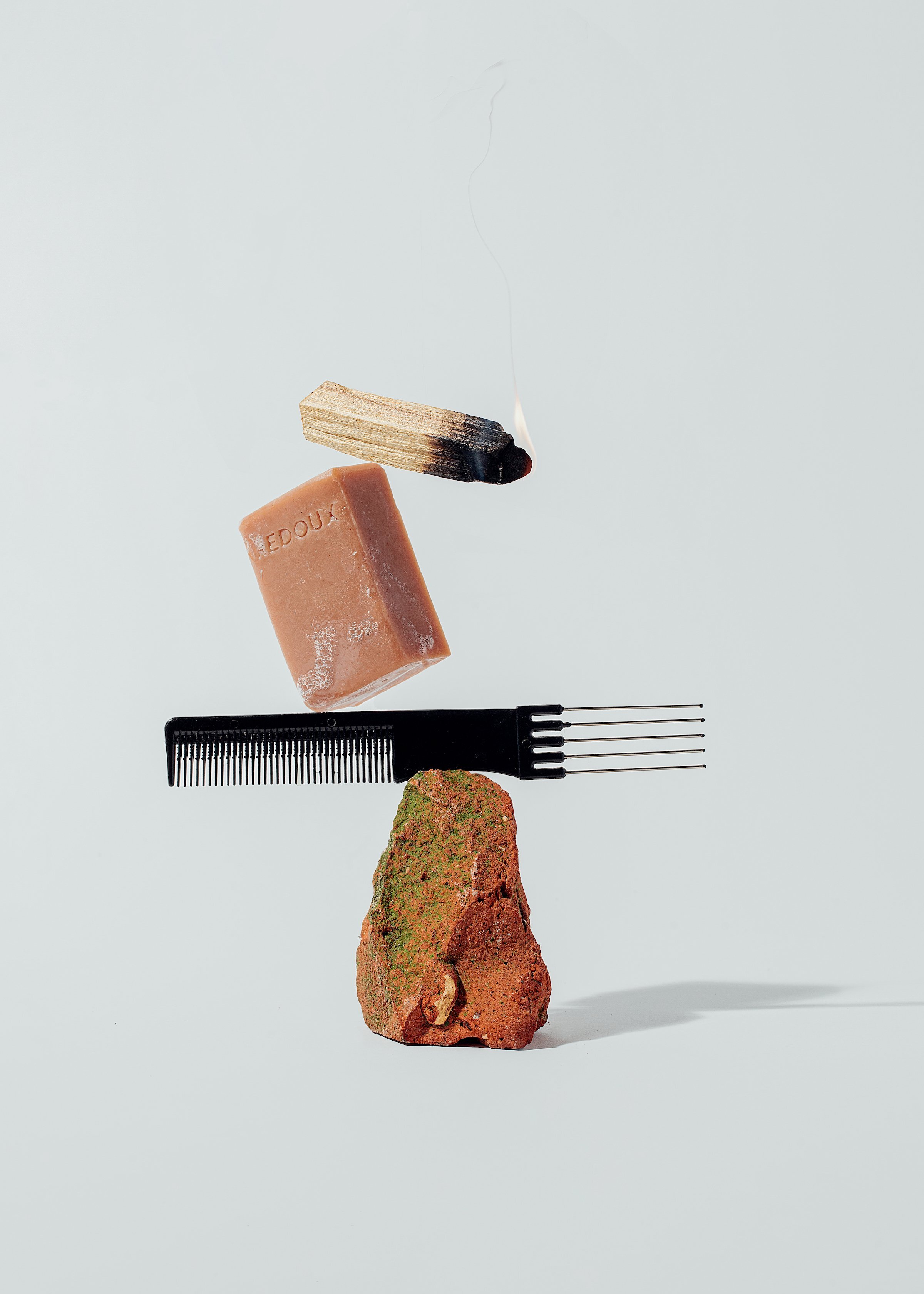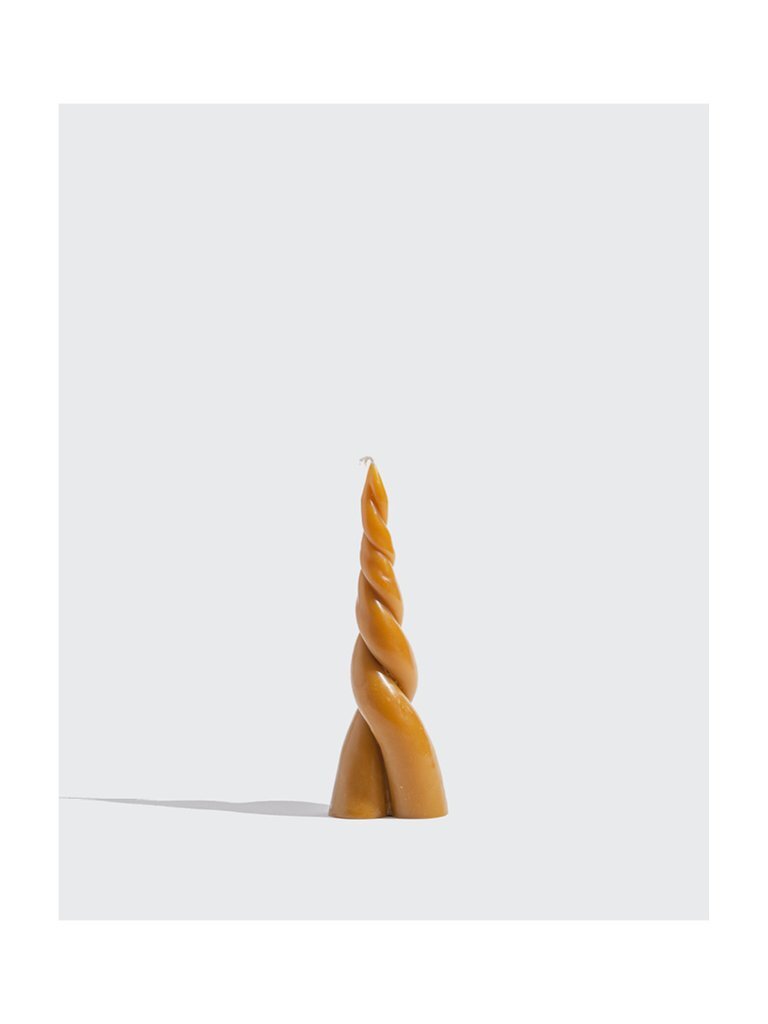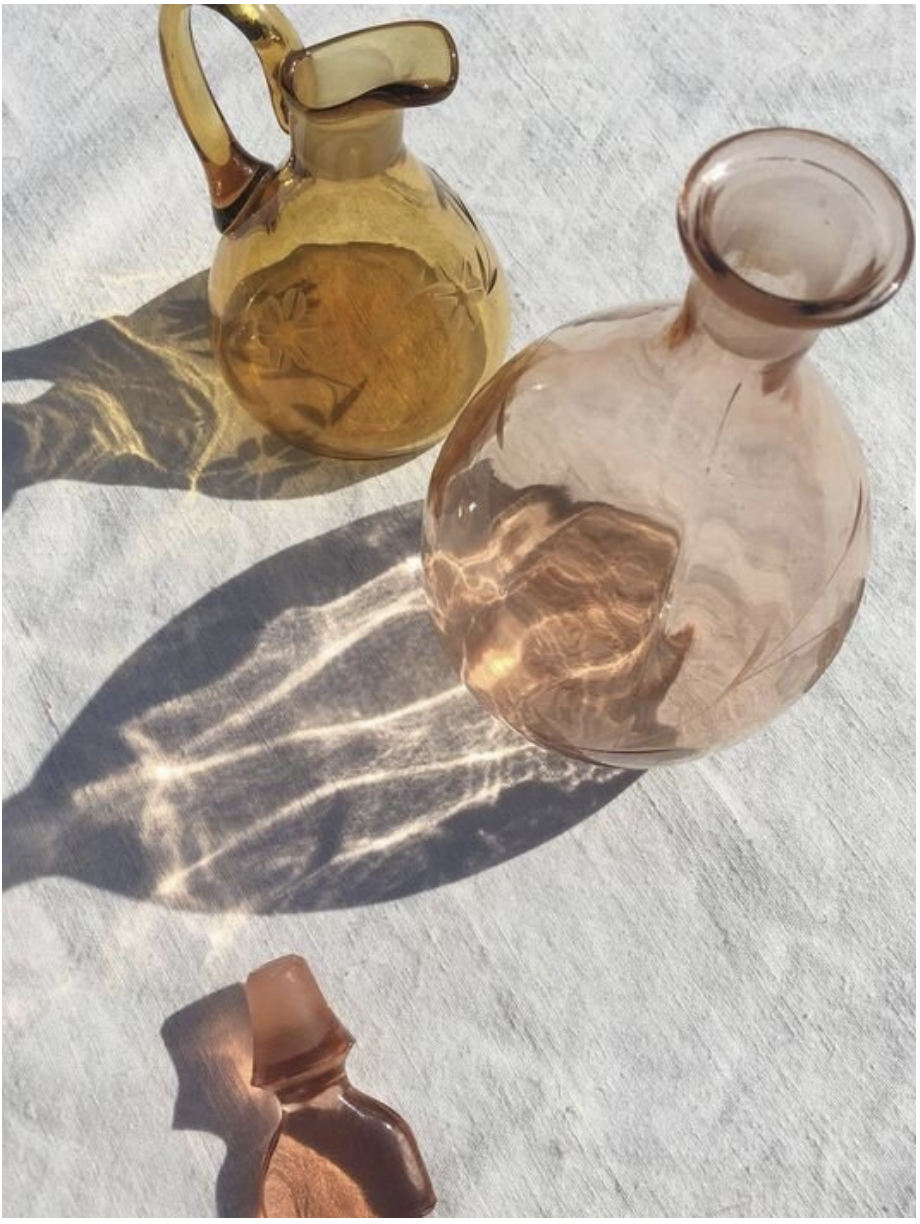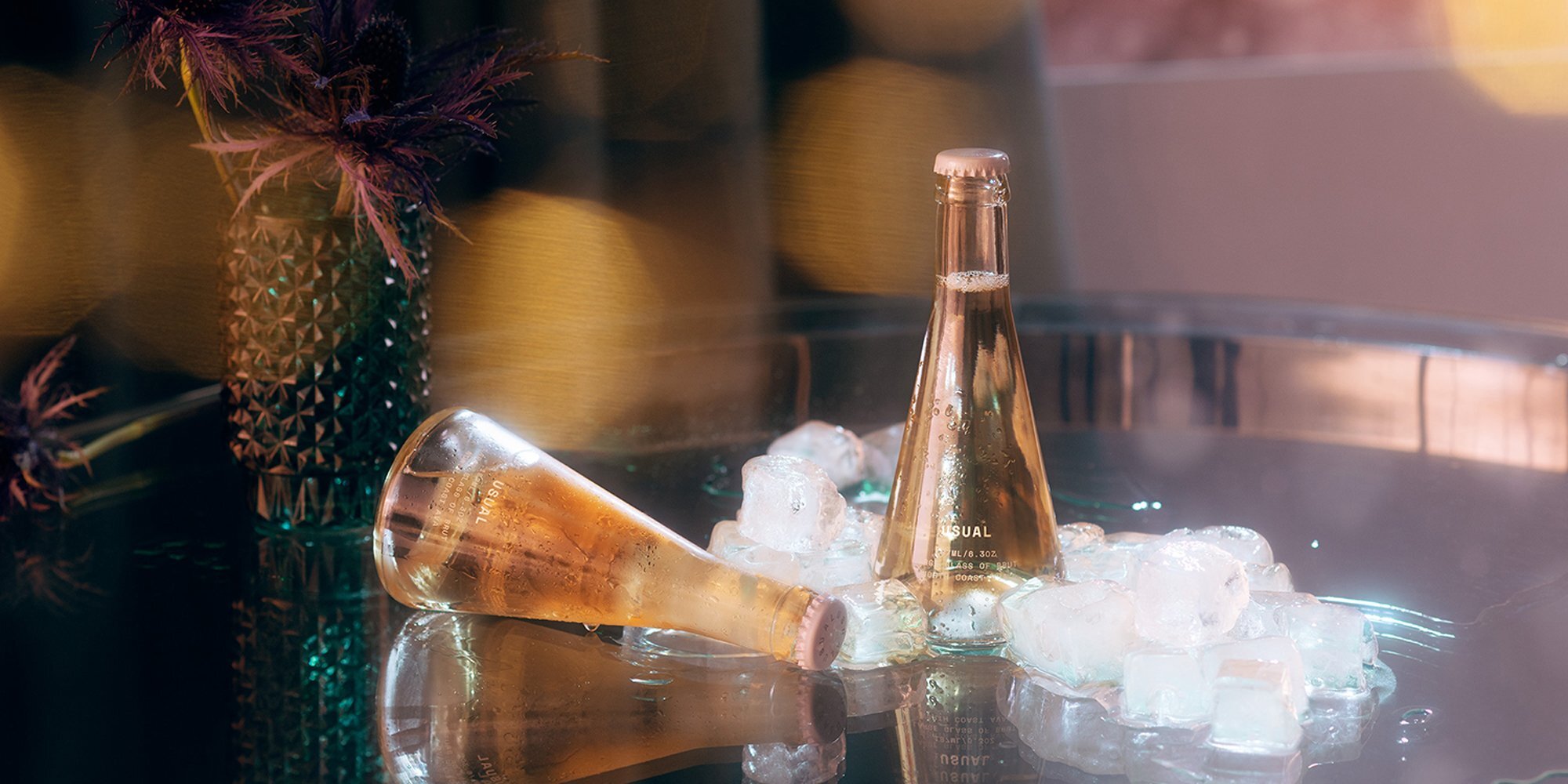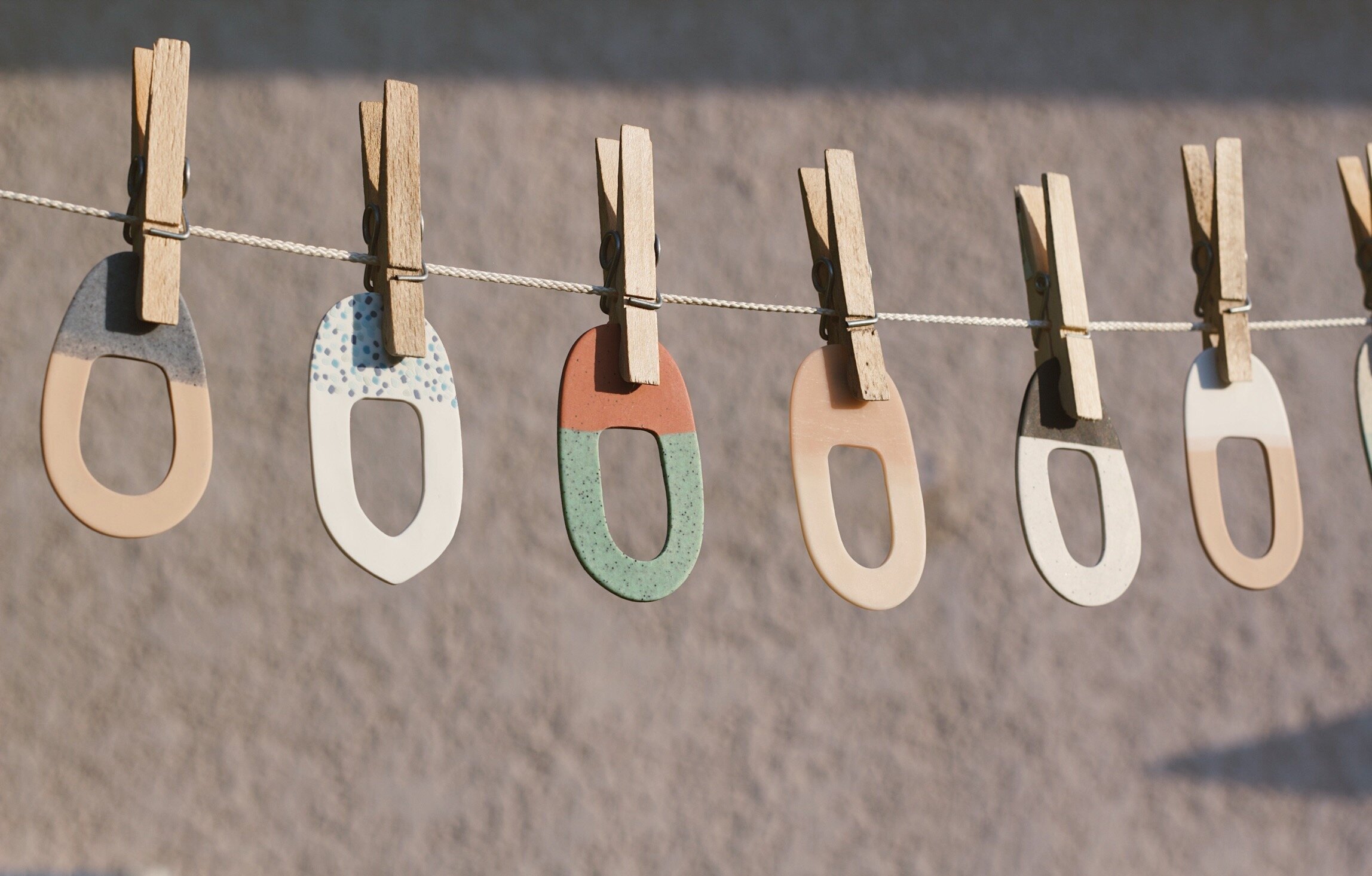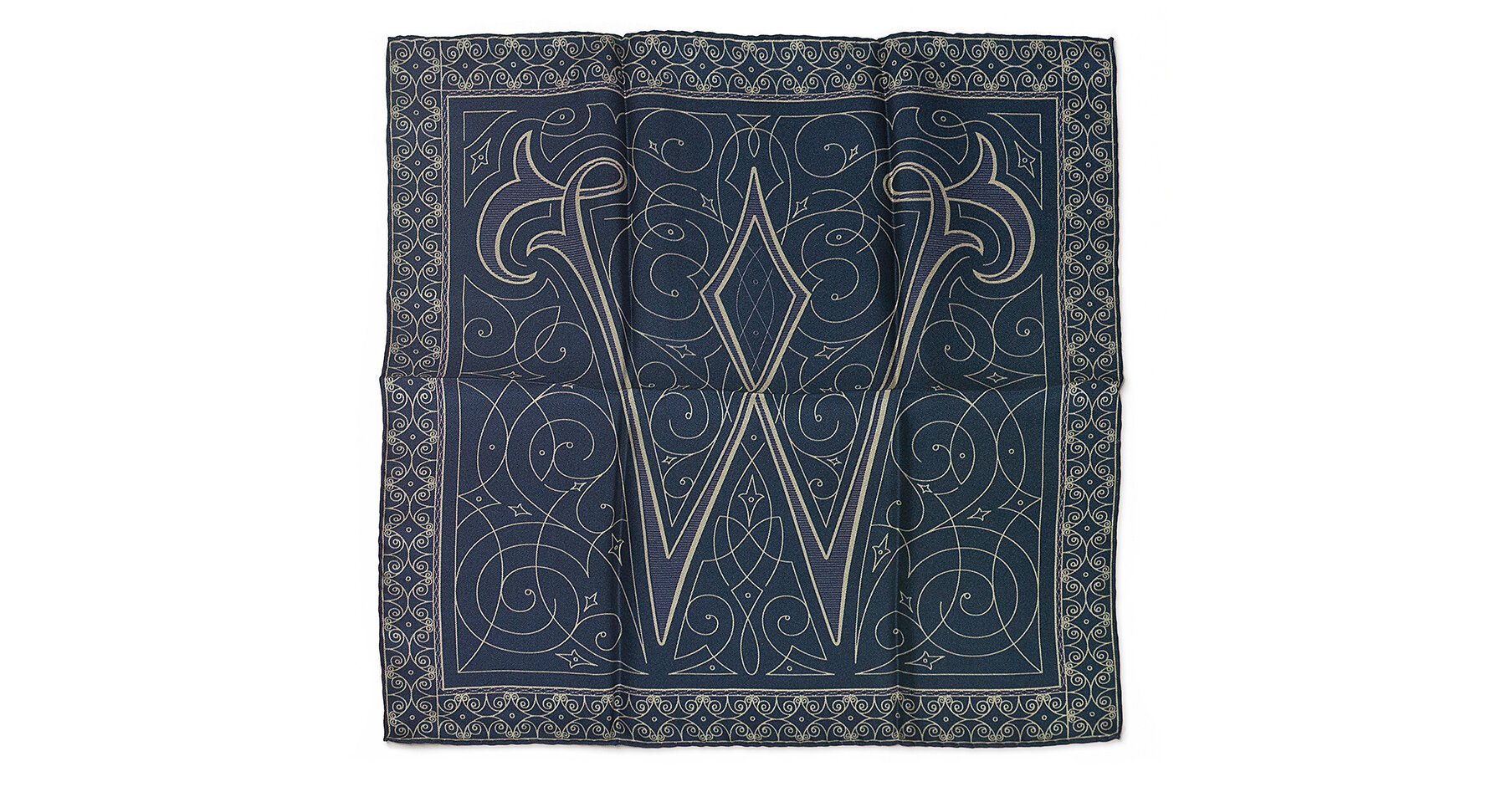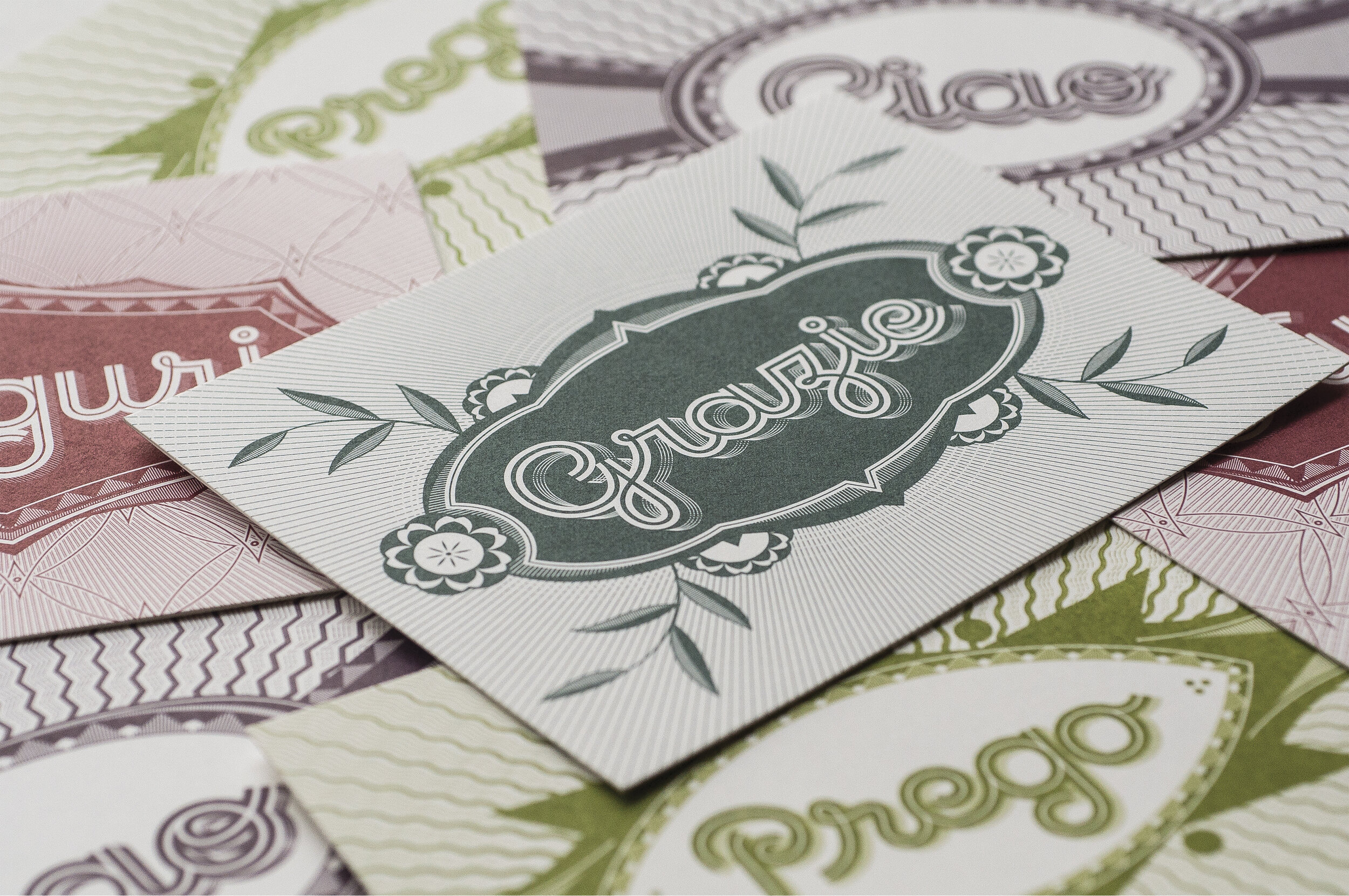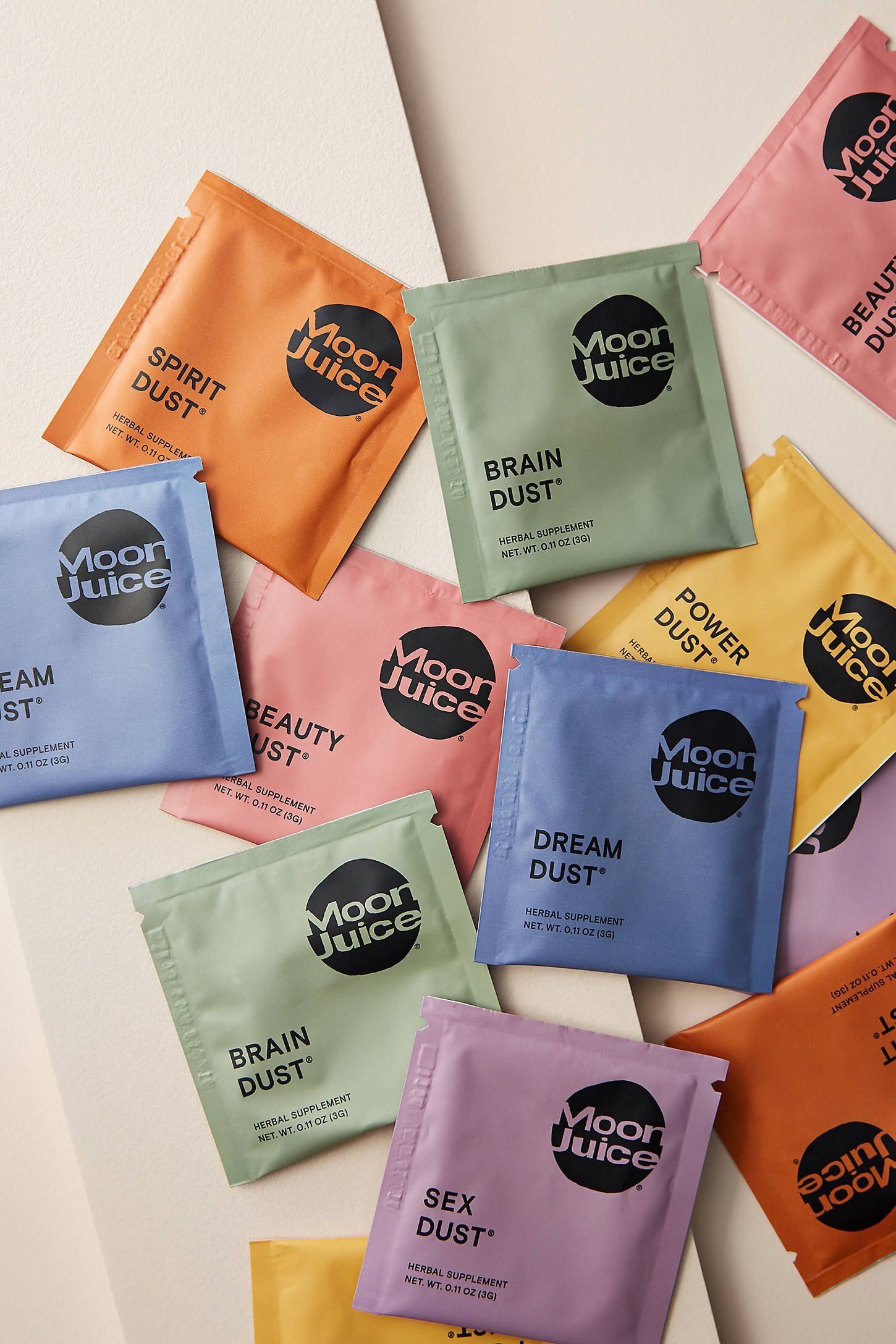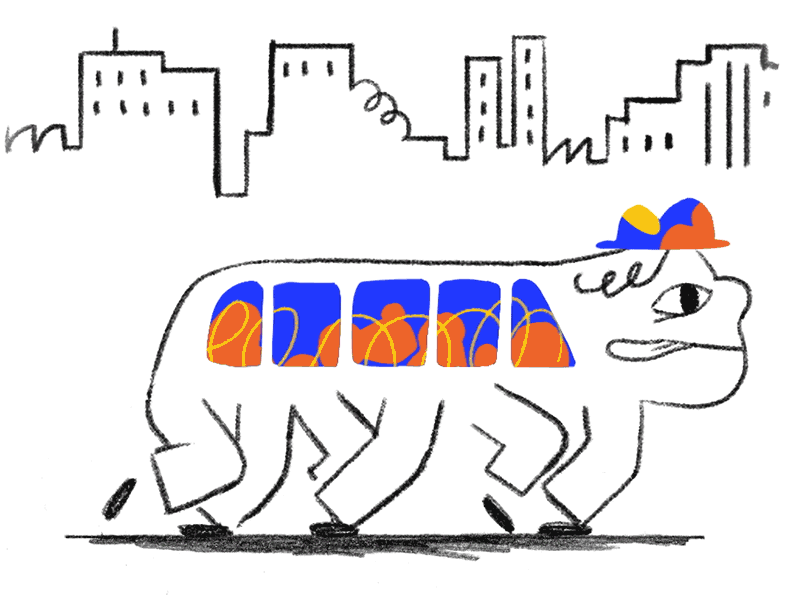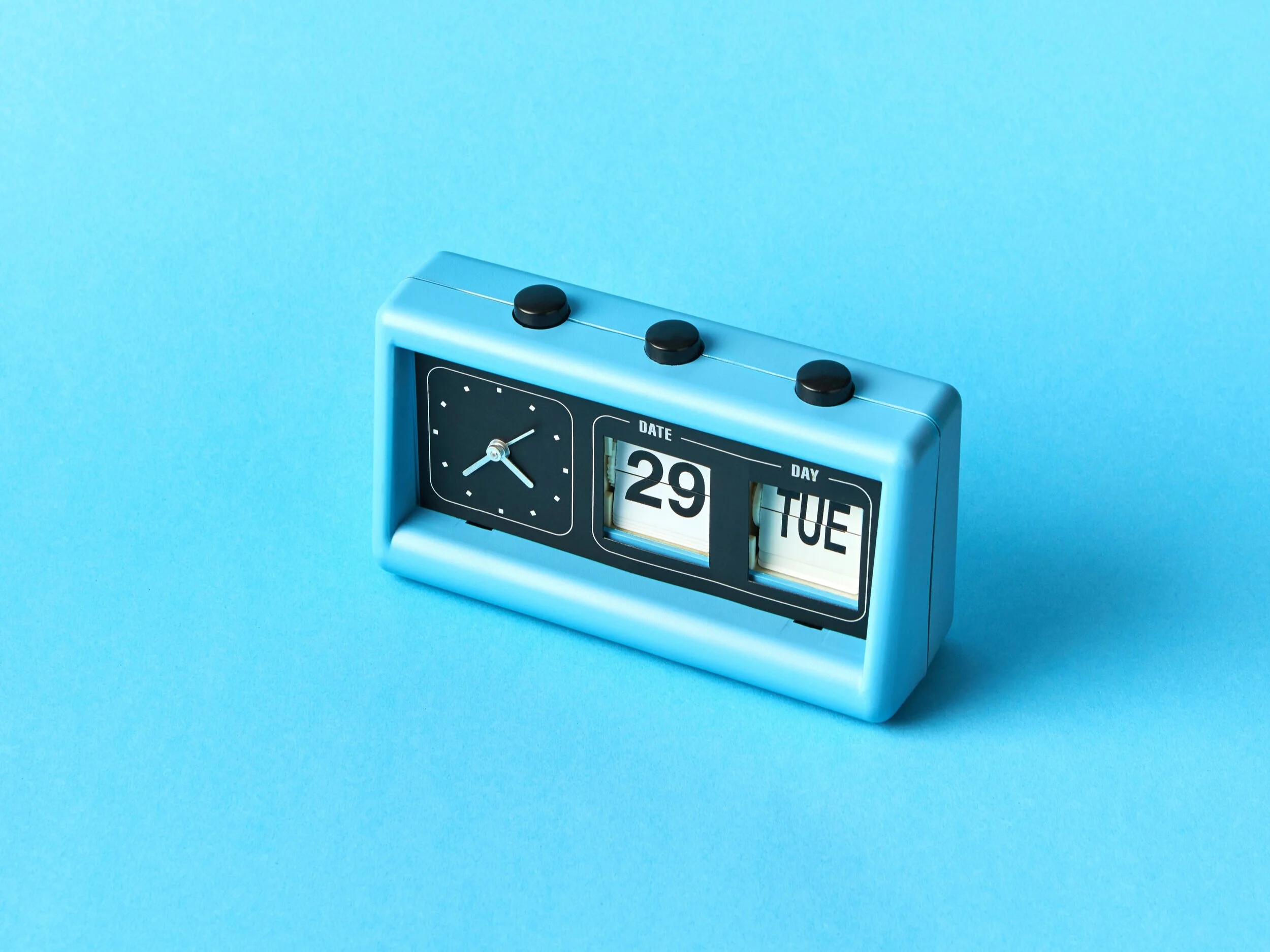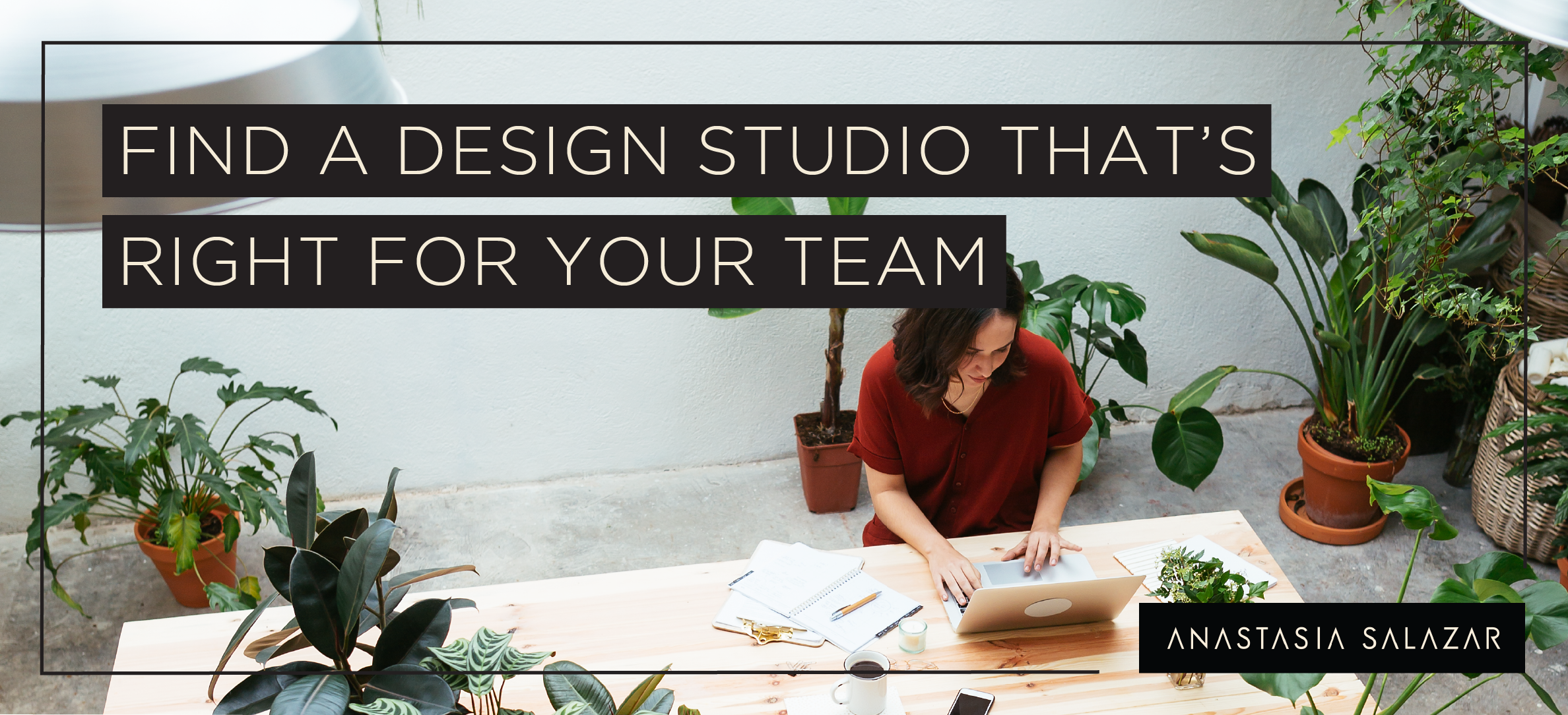Juhee Lee: Writer at Anastasia Salazar Ltd.
Q: How’d you get into writing?
A: Arguably because of my terrible memory. I forget things easily and I’m extremely sentimental. So I’ve always obsessively written everything down. Writing started with diaries when I was little, to poetry (per sentimentality) when I got older, to music reviews and narrative journalism in high school and college. Copywriting and content writing are my newest writing territories, and I’m learning and growing in this area everyday.
Q: What’s your favorite part of the writing process?
A: A lot of the writing process is trying to untangle a giant ball of yarn in your brain. You have these thoughts and no idea how to translate them into cohesive words that other people can understand. When that magical moment of untangling happens, it is as satisfying as an ASMR video or a nice long cheese pull. Then, you get to read it again, and bask in the fact that you put those words together.
Q: What books are by your bed?
A: Right now I’m reading The Midnight Library. I love books about books (super meta, I know), and also with an element of magical realism (cue all the Haruki Murakami). I was always the dorky kid with a book under her arm, loudly declaring that you never know when you’ll have time for some reading!
Q: What are your go-to sources for inspiration?
A: I always feel more energized and inspired after some quality time with nature. Hiking into the mountains or seeing the ocean has never steered me wrong when I feel completely stuck with that big ball of yarn in my brain.
Q: What do you love about language?
A: My first language was Korean, then I learned English, and then Spanish. I think this has always been the root of language frustration as well as interest for me. Not knowing how to express something in one language was frustrating, but I could find another way to say it with other words or through another language. It’s this ambiguity and open-endedness that I love–it’s a puzzle with no answer key. But when you find a way to express to your heart’s content, that’s the best feeling in the world.
Q: How has your work as a Speech-Language Pathologist influenced your writing?
A: I got so used to speaking in codes from a young age. Speaking in Korean with my family, and speaking English with my friends. This pattern continued through my career as an SLP, communicating with parents, teachers, physical therapists, children with special needs, etc. It requires a lot of versatility and that’s served me well in writing too. I love shifting my tone from outlet to outlet. It’s like trying on different costumes, but with your words.
Q: What are your hobbies?
A: The better question is, what aren’t my hobbies? As a curious person, I’m addicted to new experiences. However, my oldest and most consistent hobbies are running, writing, reading, and hiking.
Q: Favorite YouTube video? Or a fav social media account?
A: When I’m really tired or sad or feeling otherwise not so great, I like to watch this clip of Anderson Cooper having uncontrollable laughter on live television. It is still 100% effective in making me crack up.
Q: Anything else to add?
A: You can find a sample of my work and some more nerdy pictures and words here.
Anastasia Salazar Ltd. is an independent design studio for tailored branding and digital designs. Reach out to learn how we can help you fuel growth and maximize your brand’s impact.







